Sun Dial | Interview | New Album, ‘Messages From The Mothership’
The UK’s cult band Sun Dial recently released ‘Messages From The Mothership’ via Sulatron Records.
Sun Dial is the vehicle of guitarist and singer Gary Ramon, who started recording in the eighties as The Modern Art. He changed the name to Sun Dial when forming his live band in 1990. ‘Messages From The Mothership’ takes its inspiration from Gary Ramon catching sight of a UFO in desolate marshland at the age of fourteen. This gives way to a theme throughout which is especially prevalent on side two. Combining elements of psychedelia, shoegaze and space rock, Ramon crafted a distinct sound incorporating swirling guitars, ethereal vocals and hypnotic melodies.
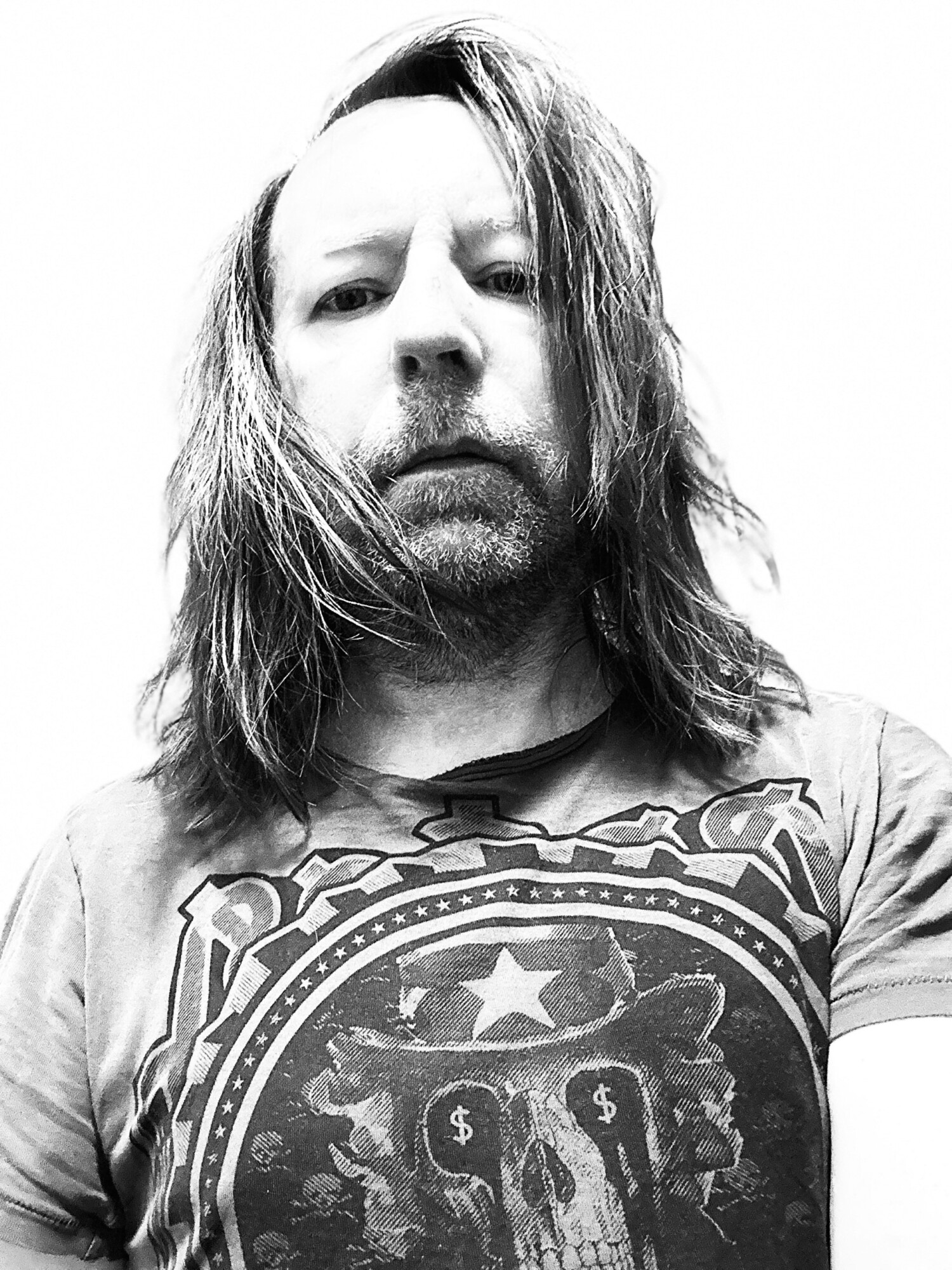
“Everything went eerily quiet, then I saw a metallic looking saucer against the backdrop of a full moon”
Times have been really tough lately, but you worked on a new album. Would love it if you could share how much time and effort went into it.
Gary Ramon: I can’t tell you how much effort went into it. Every spare moment! I have had every single roof problem imaginable, even damp coming down the walls into my studio. I have got rare expensive keyboards and guitars which are precious to me so it’s been a nightmare. It’s been very worrying and of course expensive to fix.
You are right, it’s been tough times for everyone, the price of living has gone up and COVID is still about. You have to worry how people can cope.
During illnesses, house problems and a malfunctioning tape reel we managed to pull the album off, mostly in snippets of spare time. Once we knew the concept and the fact it was back to guitars and vocals it came together quite quickly.
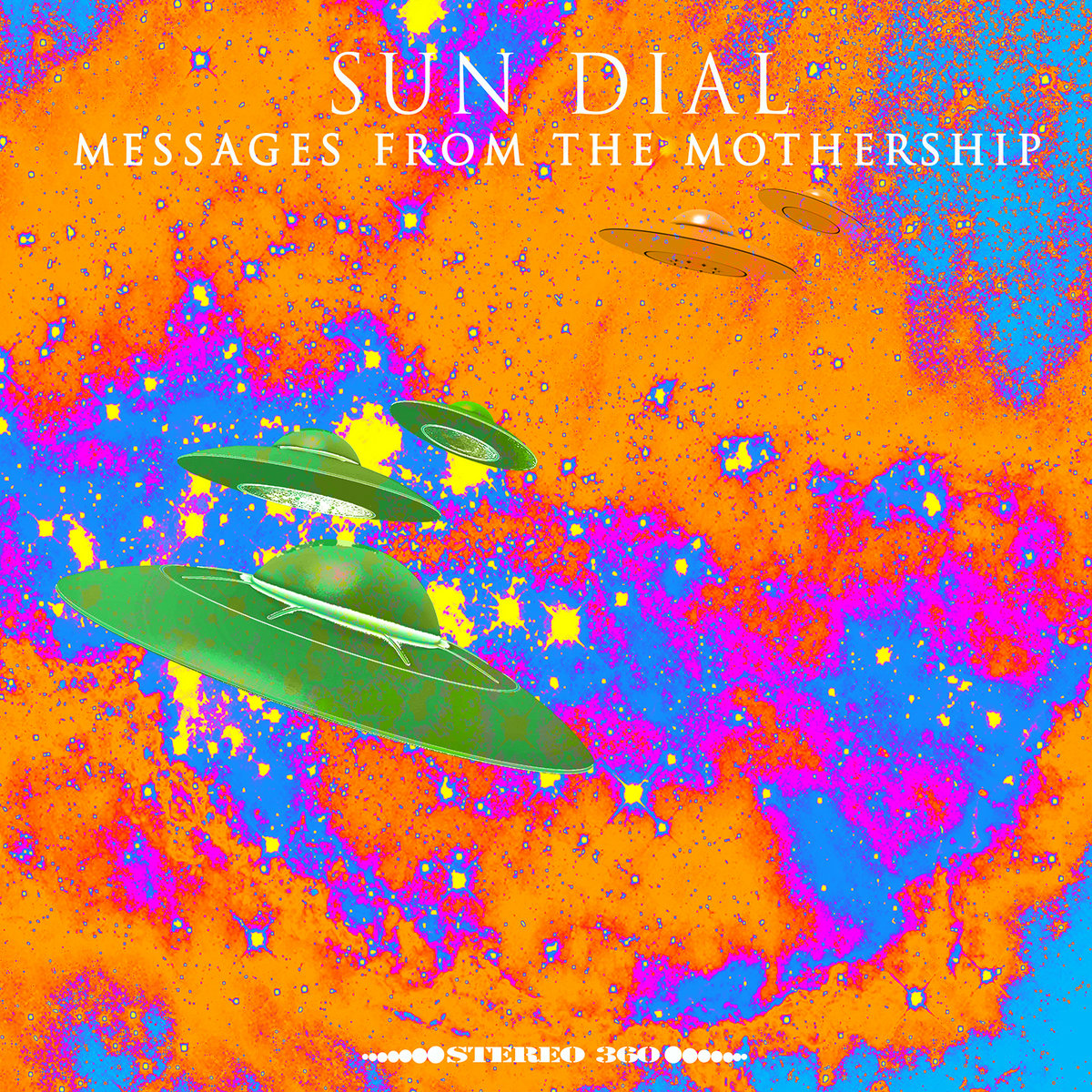
When was the album released?
The album lands officially on Friday the 22nd of September on Sulatron Records. You can listen to it and of course download it now on Bandcamp. Be quick though because it has or has very nearly sold out already.
Where did you record it and what can you say about the gear and amps you used?
It was recorded at Third Eye Studios, which are the studios I’ve used mostly since the late 1980’s. AKA my home studio. I used a number of different amps, Fender Twin, Orange, and the amp I used on ‘Other Way Out’ which is a Peavey combo. Until the mastering stage everything is analogue which I recorded on Tascam 16-track and then mastered down to Studer 2-track.
Was there a certain concept behind it?
The first thing to notice is that side one is more single based and side two has longer, more experimental tracks. Once we had the title, that helped and the concept really came from the track ‘Saucer Noise’ which was written when I was teenager. I was 14 years old and I saw a UFO when I cut across desolate marshland as it turned dark in winter. Everything went eerily quiet, then I saw a metallic looking saucer against the backdrop of a full moon. It actually moved quite slow and lower than your normal aircraft. It only lasted a minute and after I saw it I moved on sharpish, shocked, wondering what on earth I’d seen. It stuck with me though, as I became obsessed with sketching the UFO throughout my life. No more so than my A level years, including my art exam which even though I was downgraded for not answering the right questions, I just about passed! So ‘Messages From The Mothership’ is based on an actual, personal, UFO sighting.
What are some plans for you now?
We will do some selected interviews abroad and here with good people such as yourself. Maybe not as in depth as this one! Also we will try and expand the Bandcamp with more releases such as rarities and unreleased tracks. Then eventually add some collectibles there like T-shirts et cetera. There will also be a lathe cut on the horizon. It will be number four, encompassing the ‘Overspill’ EP with unreleased tracks and demos.
The most important thing to do is work on the next album. I can’t give you the title yet but we have one, a concept and to be honest too many tracks already. It’s exciting, there are really some that are the best ever. It will be a process of whittling them down for the best line up.
I’m excited to discuss how you initially became interested in music. Tell us about the early days. Where did you grow up and what kind of records, fanzines and posters would we find in your teenage room?
I grew up in Walthamstow, London in the 1970’s but moved to Leyton, London in the early 1980’s. The earliest record I can remember getting was T. Rex ‘Telegram Sam’ and I played it over and over. I wasn’t allowed albums so I had to make do with various short bursts of bands at that time. I also had Alice Cooper, and Bowie singles. All of which fascinated me when I was young.
When I was slightly older, I discovered bands like Pink Floyd, Genesis, Hawkwind, Gong and Mike Oldfield, usually picking them up in secondhand bins and such like. By the time punk came along, I never went to see anyone until The Clash and X-Ray Spex in Victoria Park who were part of the Rock against Racism (RAR) event. At that time though I was still buying progressive records so ‘Seconds Out’ or ‘Trick of The Tail’ by Genesis was sitting next to the Sex Pistols for example. I was taken with fanzines straight away. I remember in early 1977 I visited a small Virgin shop corner of Tottenham Court Road/New Oxford Street close to Centrepoint to pick up The Stranglers’ ‘Rattus Norvegicus’ album and saw all these different fanzines. I got one called Strangled that was mostly about the band anyway. I loved that anyone could do a magazine. It encouraged me to do my own not long after called Dark Glasses. I sneaked into the school art department and printed off a bunch on their Xerox machine. I later did a free one in the 80’s called Purple Twilight. I put Repros of these into the Cold Wave albums, released in recent years.
What was the local scene like and did it influence you to a certain extent?
Pre-internet, it was very tricky to even know who was doing what and where. You could only rely on what the local paper wrote about and luckily they were very supportive with people like Mike Baess. Obviously on the ‘Small Wonder’ label (run from 162 Hoe street, Walthamstow) there were a few local bands, but as they had records released already and were from the class of 1977/78 I just couldn’t relate to that anymore. In the early 80’s it was bands like The Legendary Pink Dots that stood out for me for sure and Phil Knight from the band was a big fan of what we did back then. There were local musicians I knew who all appeared on my Color Tapes label including Lives of Angels, The Lord and Mystery Plane. I was not aware of any other bands directly that were anything like we were doing. There were a few local mod bands but that didn’t fit with how we saw things, so I guess we had our own underground scene revolving around releasing DIY cassettes supported by the local paper. The local record shop (and legendary record label) owner Pete Stennett of ‘Small Wonder’ Records was very supportive and always stocked our tapes back then too when most people were not interested in bands unless they were on 4AD or Mute. I guess that was the main reason I formed Color Tapes. Getting back polite standard letters from those sorts of labels just encouraged us even more because I felt the music we were doing was good. When I relaunched the label in recent times I felt vindicated as the response was really enthusiastic across the board.
One of the very early bands you formed was called Modern Art. Were you in any other bands before that? Any recordings of that?
Yes I was in a band called Mystery Plane. This was the first proper band I was involved with. They had gigs, a manager, ideas and a plan. Recordings definitely exist of material I played on. I joined them in the early 80’s and I’m featured on some of the early stuff and one album called ‘The Dead Presley Tapes’ that I released in 1983 on cassette on my Color Tapes label.
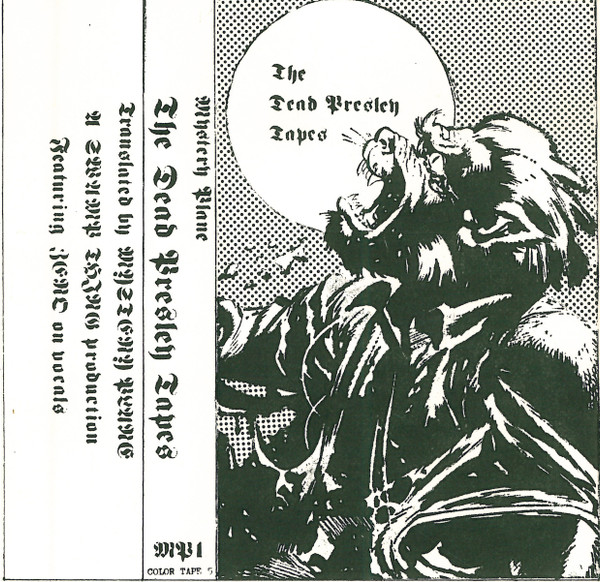
In fact, some of these tracks have turned up on vinyl when I relaunched the label in 2013 on a series of compilations called ‘Cold Waves Of Color’. I also put out an album called ‘Still Life’ which is a great snapshot compilation of how they sounded when I joined them.
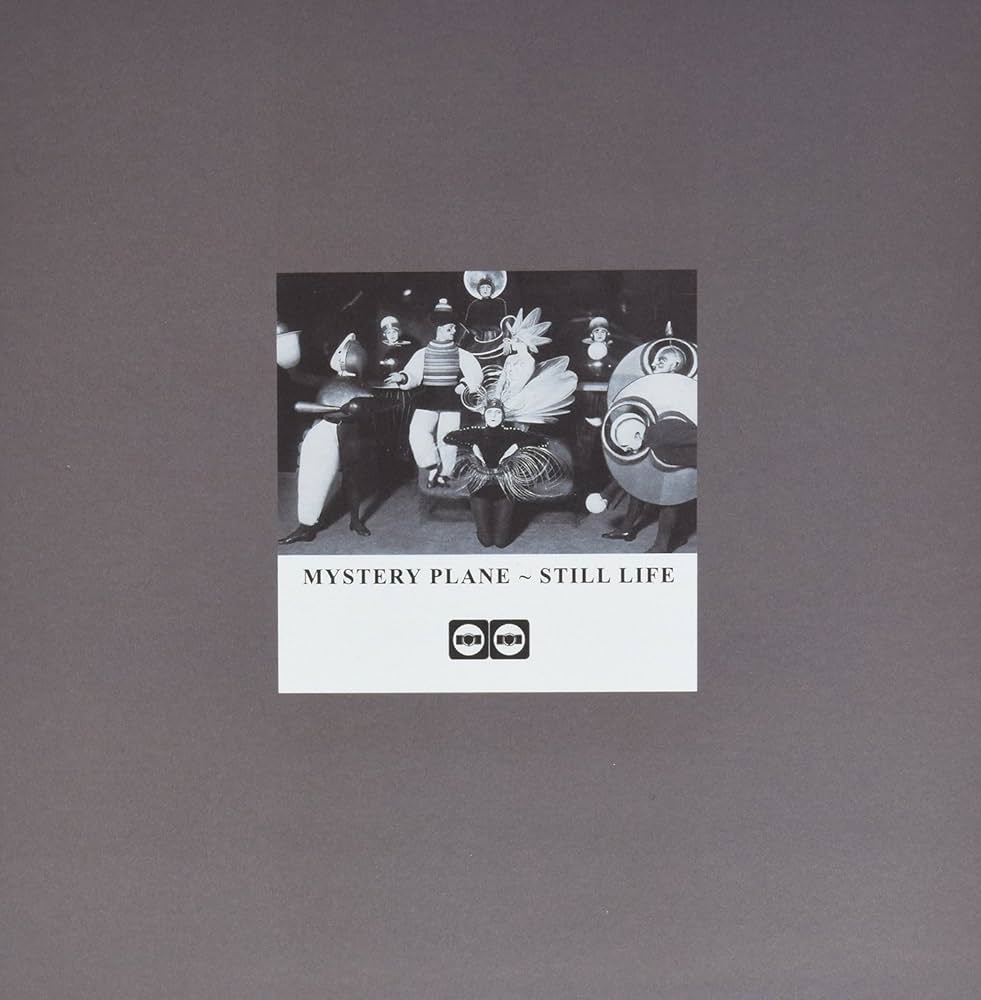
Apart from that, recordings do exist of recordings I’ve made even going back to 1976! Ranging from quiet pop songs to experimental industrial sounds, although in 1976-77 I was not really aware of the term “Industrial Music” back then. It was just a case of creating things. Some of these were very basic of course though! However the idea of one person doing all the music really hit a nerve. I had some of Mike Oldfield’s records and the fact that he played most of it, if not all, appealed to me. The fact you could make a complete record like that.
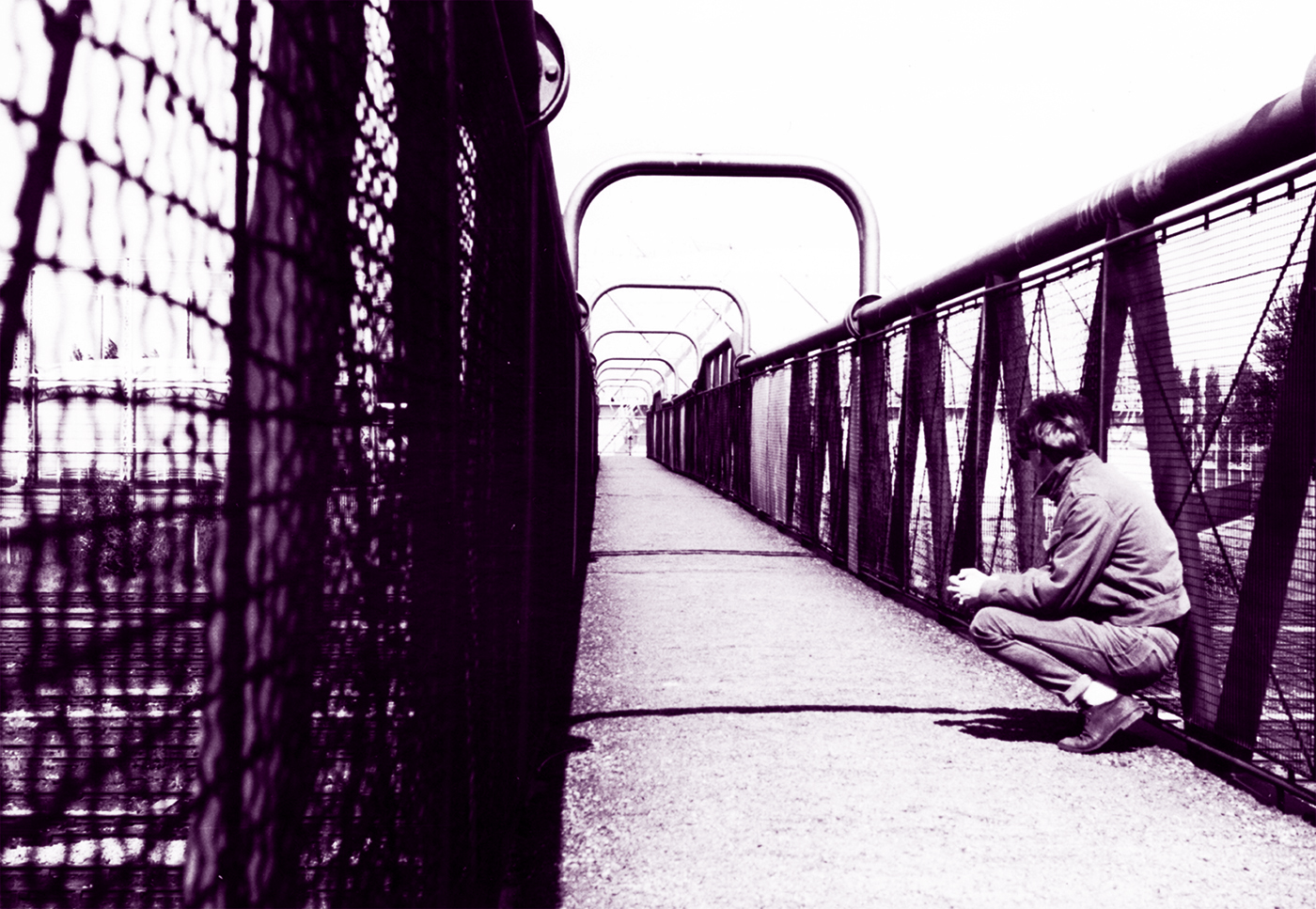
How did you first get interested in psychedelic rock? Was there a certain special moment that initiated the formation of Modern Art and later on Sun Dial? A.D.H. released a tape ‘Musical Anarchy’. Tell us about it.
I was interested in it from an early age. I was always picking up second hand copies of interesting things from the second-hand section at Small Wonder Records. I used to be a bit embarrassed going up to the counter with a Gong album or Hendrix album with the punk era in full effect. Punks would stare at me as if I’d broken some unwritten code of conduct but they couldn’t figure me out as I’d buy the aforementioned records then ask for the latest Clash single. Gerald O’Connell from Lives of Angels was very inspiring to me in those early days. He was older than me and used to let me borrow some of his albums which were an eclectic mixture of things from Ash Ra Tempel to The Blues Magoos and to Guru Guru. All of it went into the melting pot for Modern Art I guess.
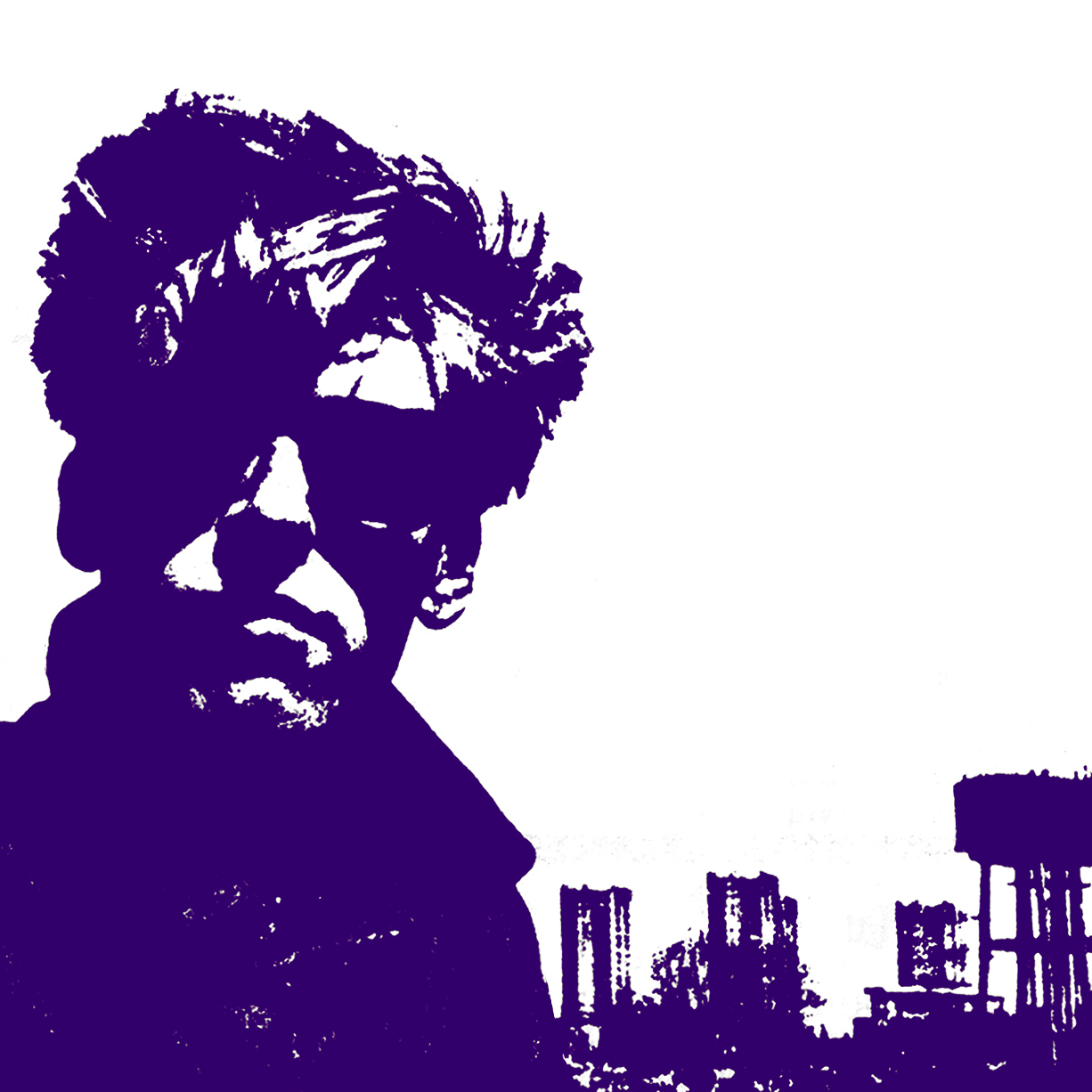
I called it experimental pop as it was experimental as far as I was concerned. It was not so much free improv experimental but just my view of how I felt different genres could be mixed in. Actually it was because I was listening to so much stuff from Sun Ra, Moondog to Kraftwerk and anything in between. When I bought an Akai sound on a sound tape recorder it was a key moment for me, along with acquiring a couple of secondhand synths. That sound on sound facility enabled me to just keep overdubbing as much as I liked. That was a game changer as far as I could see because I could be like a Mike Oldfield on a budget. This was really before the proper availability of domestic multi track recorders on cassette and such like.
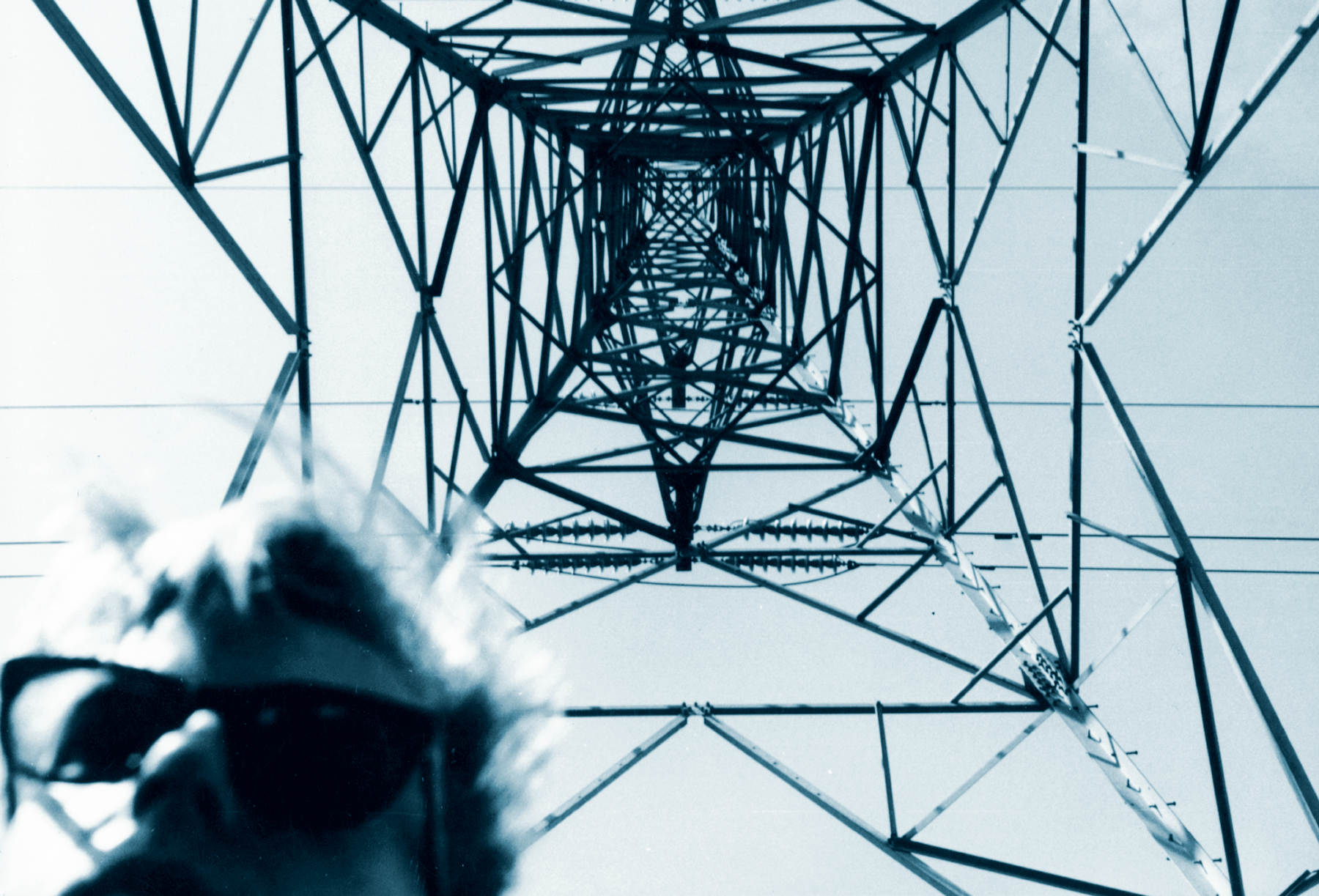
A.D.H. was a school band, a sort of fleeting involvement. It wasn’t my band but I just played on some of those ‘Musical Anarchy’ recordings.
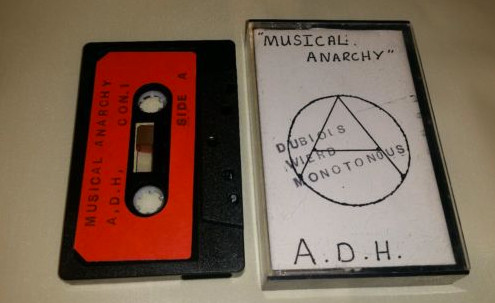
It was sort of a krautrock experimental vibe really. Fun to do back then. It was all recorded on my ghetto blaster when the parents were out.
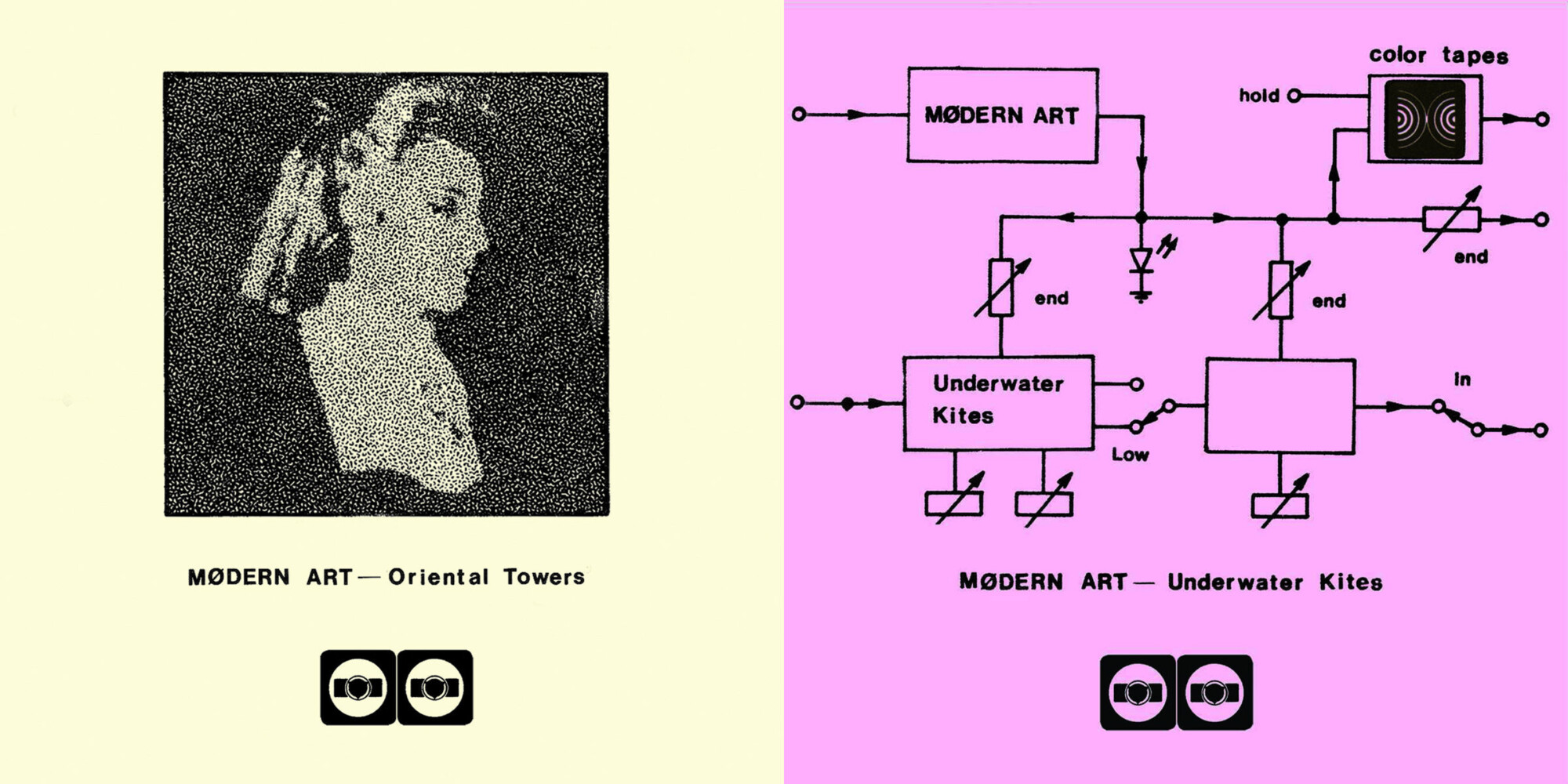
What about Disintegrators?
One of those bands I just created to put stuff out under a different name. There were quite a few that I used to come up with even back to the late 1970s. Body Electric, Echophase, Void, Space Brothers, and many more! Surprisingly a lot of material was recorded back then. If another cassette label wrote to me for a track for one of their compilations I used to oblige with any number of bands. Gerald from Lives of Angels used to join in on some of these recordings too.
Then there’s WeR7, The Ordinary and Mystery Plane.
Yes, Mystery Plane was the main band. They (The Ordinary) was another school band. WeR7 was another Color Tapes band recorded on my equipment and I played on most of it. Sort of experimental in nature too.
Another one was Stereo Machines and Kinesis, even more electronic and experimental. For some reason, through Modern Art I used to get invites to provide art gallery installation music in places like Belgium and so it’s how some of these recordings were generated. I used to make up some cassettes for anyone who wanted them but some weren’t proper releases as I didn’t know if anyone would be interested. I didn’t give them catalogue numbers or even label infos in some cases.
Tell us about Modern Art. The band had various lineup changes and if I’m not mistaken never played live, although they managed to record two studio albums and several cassette releases. Would love it if you could talk about those two albums.
No, never played live. It was mostly a sort of one man band thing but helped on occasion by Mark from Mystery Plane and sometimes Gerald from Lives of Angels. Martin Newell of Cleaners From Venus was an early fan and we used to send each other our new cassettes as they were released. Eventually we made a split album ‘Souvenir’ on ‘Color Tapes’. By the end of about 1986 I was moving to playing more guitar again on the recordings and borrowing a 4-track reel to reel and a small mixing desk. I started recording tracks and decided to step it up and release a vinyl album. I’d actually released many cassette albums by that point. It was expensive to press up records back then so I tried to make it as DIY as possible only to save on costs, not for any other reason really. Therefore all the sleeves were hand sprayed and the labels just kept plain. I even passed John Peel a copy personally to him but I have no idea if he played it or not. However, it got some favourable reviews and even MTV played Modern Art. It was enough to warrant a label in Germany to want me to record a second album. By this time Modern Art was getting more psychedelic and in some ways the second one was a basis for Sun Dial. With this album I’d acquired an 8-track reel to reel. Incidentally it was purchased from Jimmy Winston, the original keyboard player in The Small Faces. It was a luxury to have 8 tracks, after everything before being either 4-track or sound on sound mono.
What led you to form Sun Dial and what was the overall vision for the project?
Modern Art was going in a more psychedelic direction, and I thought I’d taken it as far as I could. I’d been in Modern Art for 7-8 years already and so I picked a new name and with it came interest from a record shop in a Balham market called Magic Mixture run by Hugo Chavez. I gave him a copy of the ‘All Aboard The Mind Train’ album and he liked it.
What can you tell us about the Tangerine label and what led to the release of your debut album?
Hugo Chavez had released a few things on his label, including Trash County Dominators and a 12” EP by The Bikinis. In fact I’d recorded them at my home studio before, originally for a release. Russell Barrett, the main man from that band became a friend and he later joined Sun Dial in the early 2000s. I used to go to Hugo’s shop with tapes of Sun Dial and he got more and more enthused, playing them to everyone. Initially he said he would press up 100 copies and I thought that was exciting. Then he phoned me up a few days later getting more enthused and said the distributors actually now want 500 copies after hearing the album. Then a couple of days later, he said they wanted 1000 copies and they wanted to buy a lot! So without any media hype and not even any press at all by that point, it was an instant sell out. I was actually taken aback with the response in all honesty.
“There isn’t any other album like that that has a mix of psych, heavy psych and folk”
‘Other Way Out’ is such an incredible album, I would love it if you could share some of the strongest memories from writing and recording it. Would you say it’s a concept album?
Thank you. It was recorded between autumn 1989 and into 1990. Where do I begin? I already had a few songs I’d written around ‘The Mind Train’ album by Modern Art, so that was a good starting point. I had a room in my house that was set up extensively to record the drums. Equipment was basic but the kit was miked up with an overhead and one directly to the kick drum. I had a local character helping record it on an old Hawkwind desk I seem to remember. I was doing the Mike Oldfield bit again, recording all of it myself except a few parts played on by other people. At that time I thought it was a project to make a very small pressing album with the name Sun Dial, I didn’t even think beyond that. I thought if I could sell 100 copies I would be happy. I loved that first Pink Floyd album and if there was any concept perhaps in my head then I was thinking, ok there isn’t any other album like that that has a mix of psych, heavy psych and folk. Perhaps if I could make something with that in mind but make it a bit heavier. I think at that time, everything around was clean and processed, so it went against that. I liked that 60’s garage sound. I’d worked in studios so I’d picked up enough equipment to include some varied sounds including an old Vox Continental organ. I’ve always had cats and one session, one of my cats was sitting on a few keys on top of the Vox continental and it was a particular chord I could hear and I immediately pressed record for 5 minutes of it. I turned it into ‘Lorne Blues’. Wherever she is now, I send Ruby my blessings. Should’ve given her credit on the album…
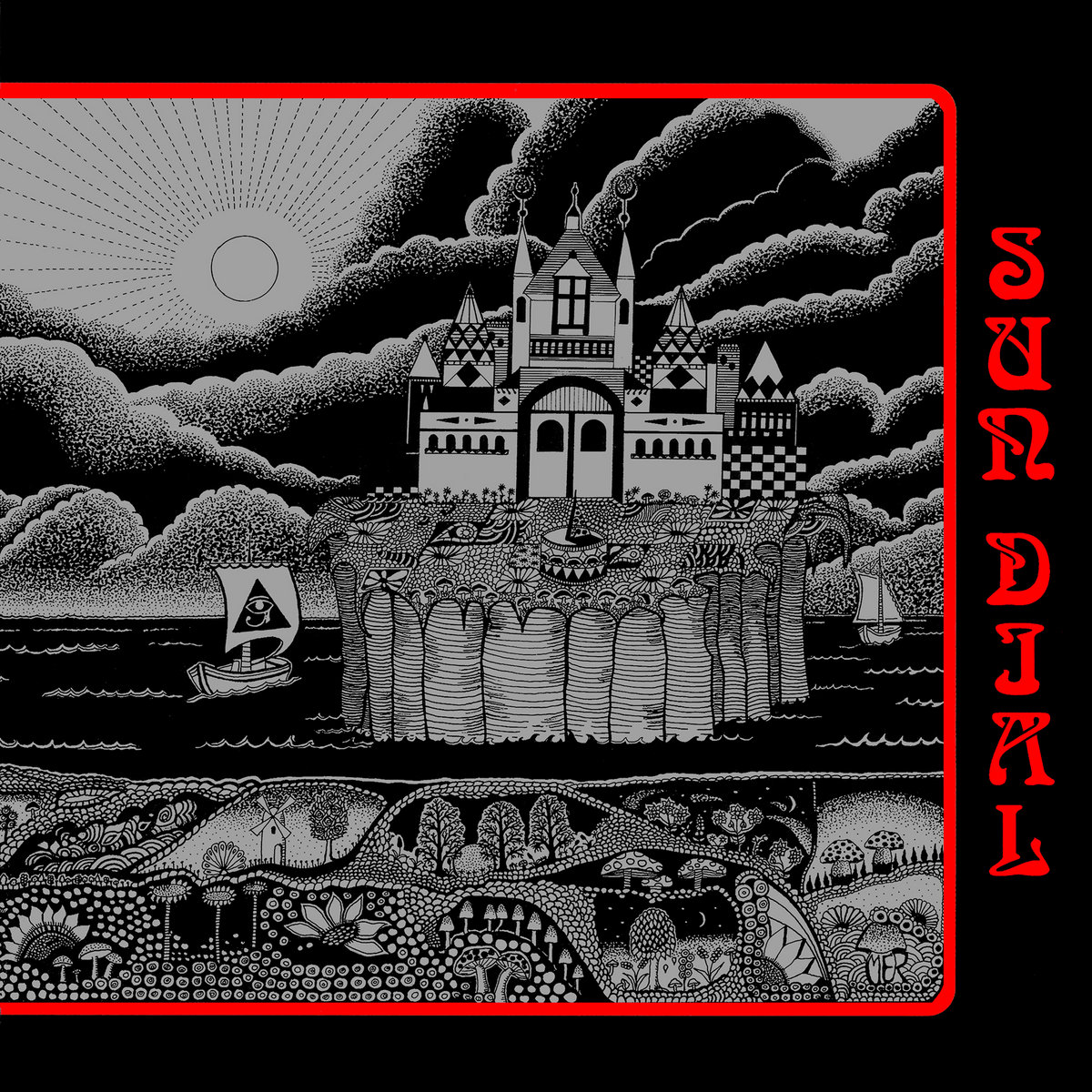
What were some of the records that were on heavy rotation around the time you recorded it?
With my other hat on during that time, I used to write some pieces for some music magazines. One was with Dan Treacy of the TV Personalities. Dan kindly gave me a huge pile of records and that was hugely inspirational for me. I also did an interview with Dave Gregory of XTC and similarly, he had a pile of XTC records I was enjoying. I kept in touch with Dave and at one point he was going to play Mellotron on the first album. I was probably also playing things like Hendrix and Quicksilver Messenger Service at that time and 60’s garage bands, The 13th Floor Elevators and The Velvet Underground.
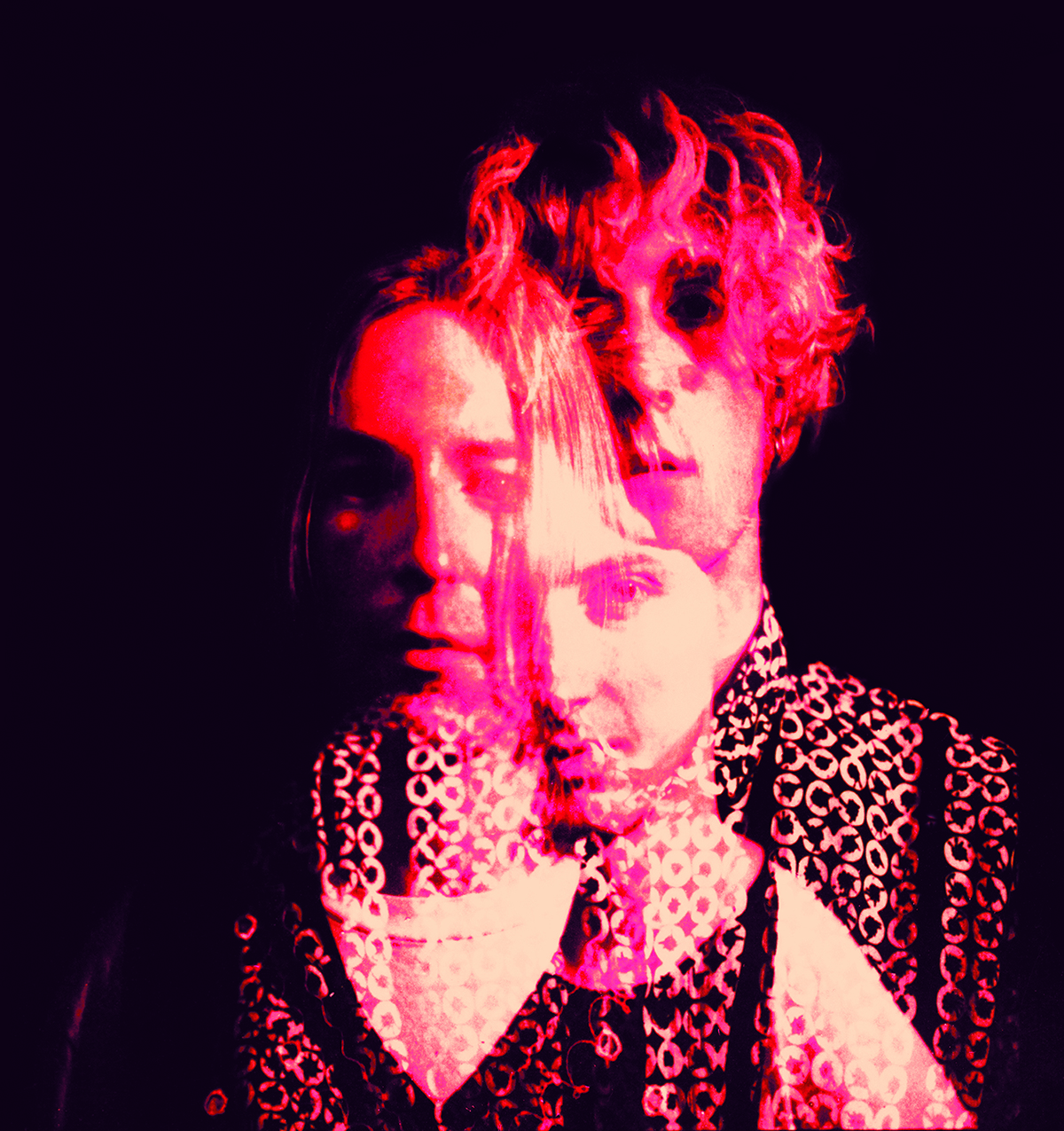
Did you do a lot of shows after the release? You got quite a lot of great reviews from the independent press.
No, not initially, because Sun Dial wasn’t a proper band at first. The response had taken everyone by surprise. So, I had to form a live band to play but by this time nearly a year had passed. As I’d worked with The Bikinis I enlisted Chris and Nigel from that band. We started rehearsing around March 1991 (nearly 6 months after the album came out). The great reviews from the press put a lot of pressure on us to play live. I actually didn’t want to do it but I had no choice really. Once we started to play live we still didn’t do many shows. Our managers turned down many offers for whatever reason back then. However we did play limited gigs in the UK, Europe and shows in the USA over a period of about 3-4 years.
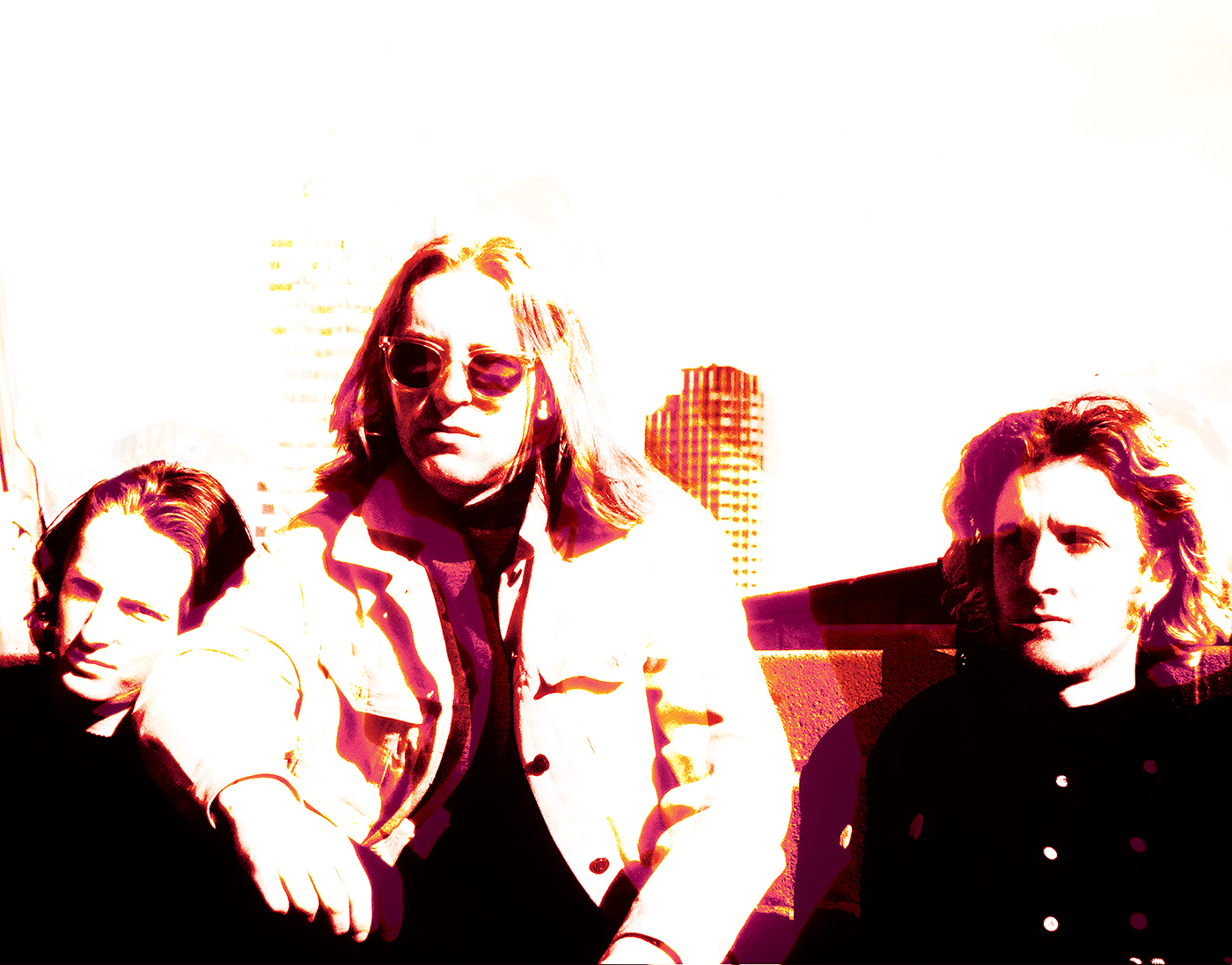
Your second album, ‘Reflecter’ did sound quite different…
I agree, it was now a fully working 4-piece band and a group effort but without keyboards and with two guitarists, so I wrote the songs to fit the situation. We re-recorded the Modern Art ‘Mind Train’ song for it, as it was actually part of our live set list too. Additionally, we went into a “proper” studio to record it. The vibe around the band was such that the pressure was on for it to be a bigger, better sound. We were getting much more press. Interviews in the NME, Melody Maker et cetera. Exciting times, and the album got into the indie top 10.
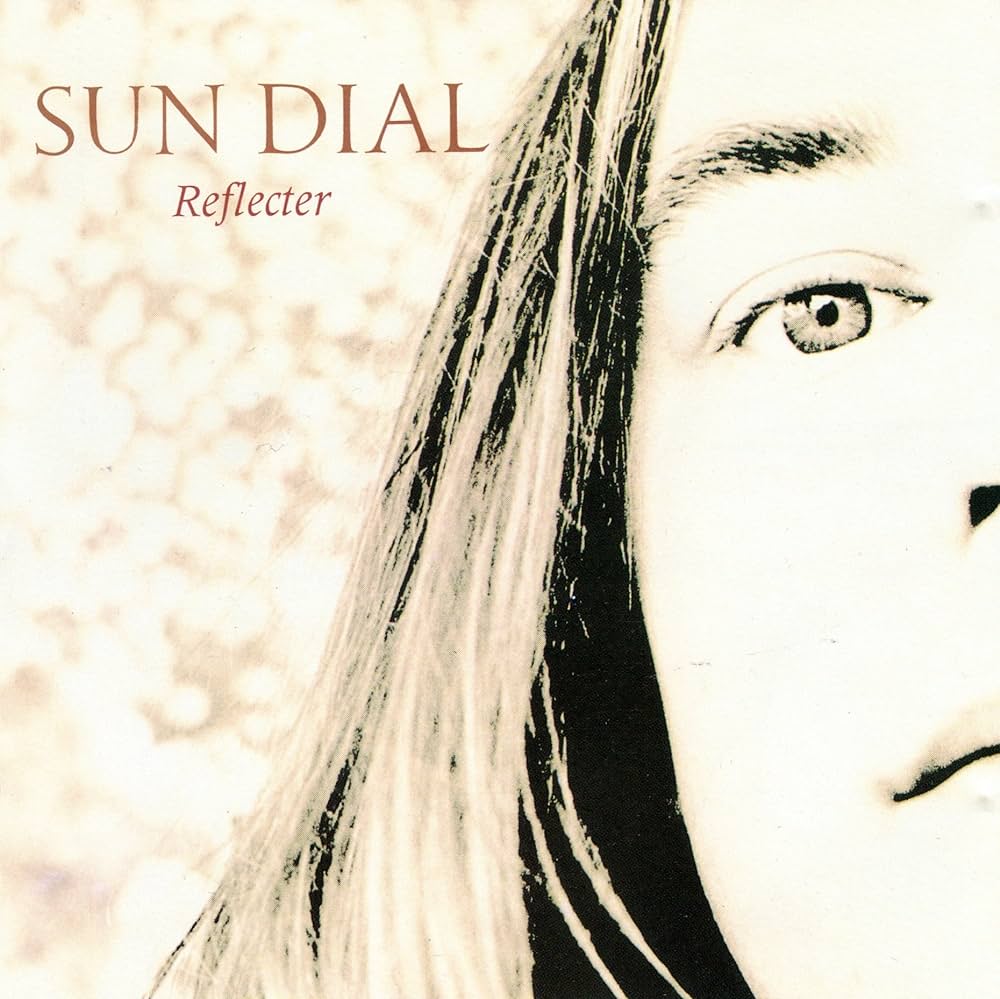
In 1993 you released ‘Libertine’ and ‘Return Journey’, tell us about those two releases.
We signed to ‘Beggars Banquet’ in the UK and ‘Atlantic’ in America and so ‘Libertine’ was our big major album with heavy rotation on MTV.
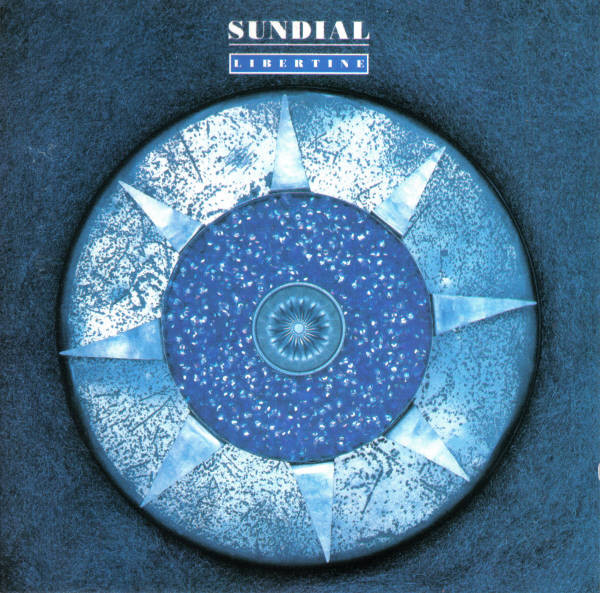
In some ways, that album was an extension of ‘Reflecter’. I was pleased with it and thought it was a good progression for 90’s music at that time in the UK. However, it didn’t get such a good reception. We were sort of lumped in with the indie/shoegaze scene and we didn’t quite fit the perception/mould of journalists at the time. We weren’t from Manchester and we played guitar solos. At the time, I had these older recordings from 1991 and I decided to put them out as ‘Return Journey’.
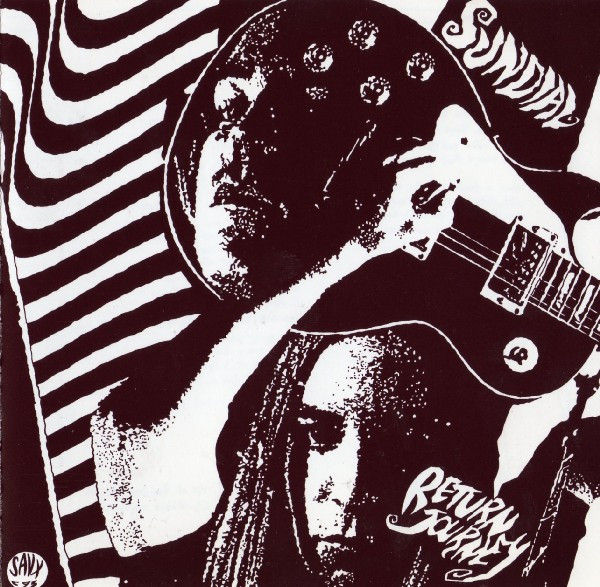
In some ways, that album was the real second album that should have come out after ‘Other Way Out’. It was the missing piece. It sold many times more than Libertine and I think that made me take stock of where we were at. It still remains very popular today. The band got a new drummer Craig Adrienne and we became a 3-piece so things changed and there was a bit more space in the live sound.
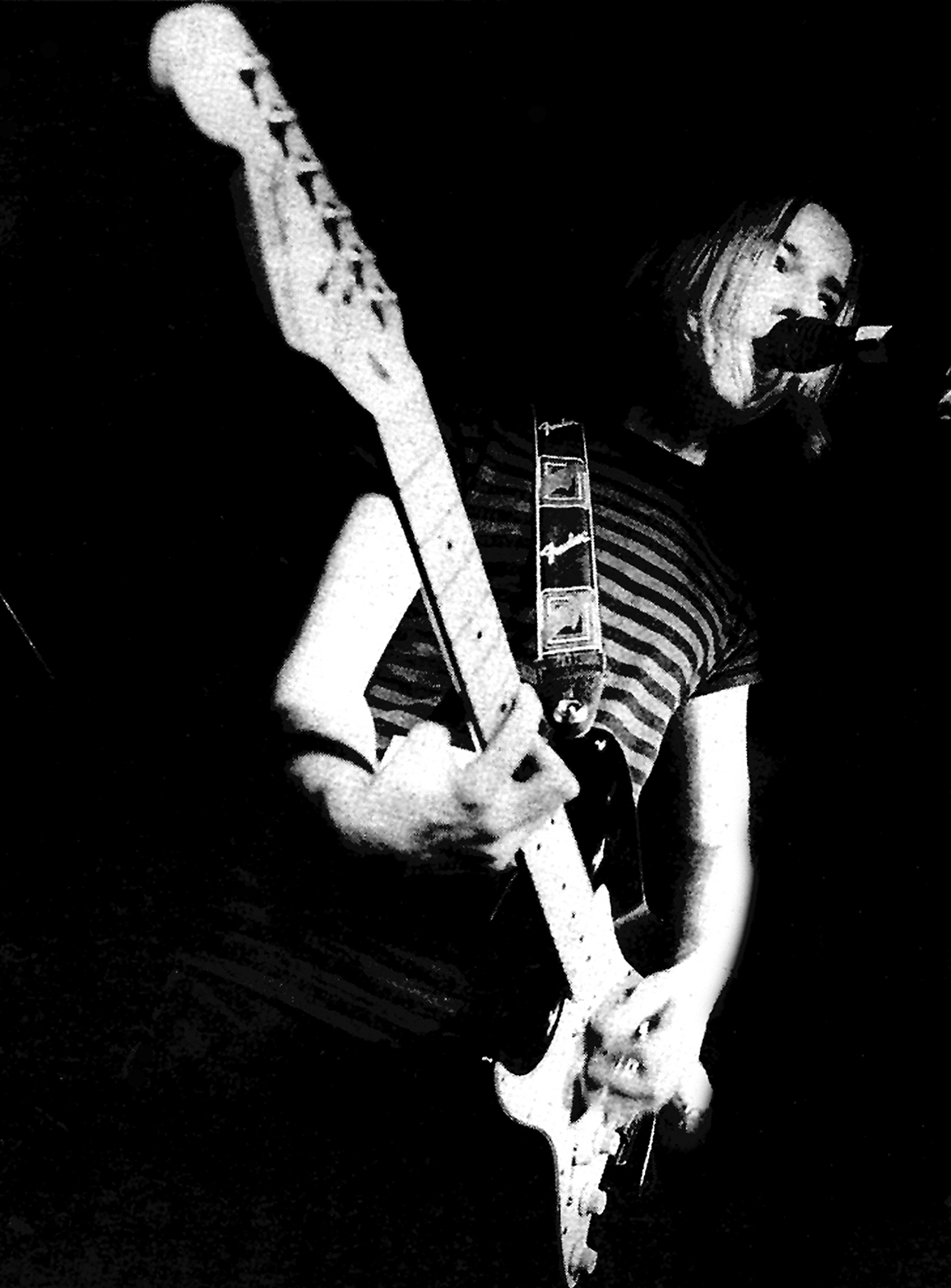
Year ago, I was actually introduced to your band by hearing ‘Acid Yantra’…
That was our second major label album for Beggars. For Yantra we initially had Steve Albini on board to record the album. I’d spoken to him a number of times but in the end we set up all the gear and recorded ‘Acid Yantra’ at a farmhouse in Cornwall in the West Country. People have commented that this was like an early stoner album with tracks ‘Red Sky’ and ‘Rollercoaster’. We just did what we wanted with this album, I thought it was an extension of ‘Other Way Out’ but I think with a few differences. For a start all the backing tracks were recorded live unlike ‘Other Way Out’.
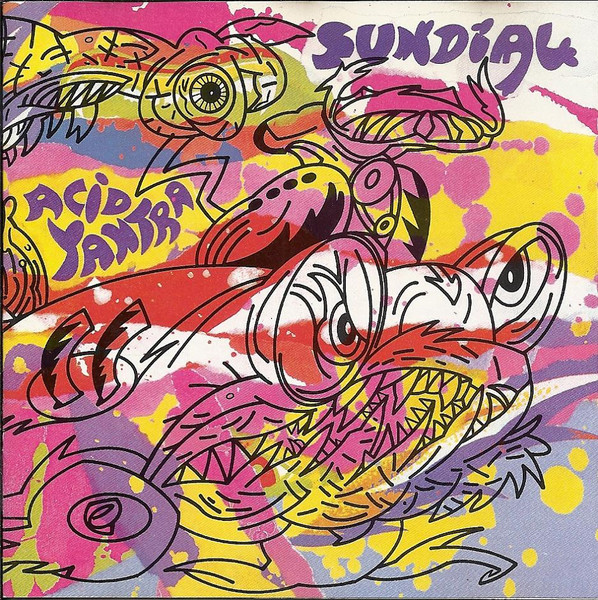
After the 1996 live album ‘Live Drug,’ you recorded an album called ‘Kahoutek’ with Russell Barrett (ex-Chapterhouse who would officially join the band in 2003). However, the album remains unreleased to this day. Why is that and can we expect to hear the whole album anytime soon?
We had our contract terminated by Beggars in late 1995 and they decided not to take up the option of a third album despite ‘Acid Yantra’ selling over 20,000 copies worldwide on their various labels. By this time I’d taken over a studio at London Bridge originally built by Iron Maiden. It was the old Samurai studios, The Stranglers had it before us and Jet Black was even clearing up his kit when we arrived!!
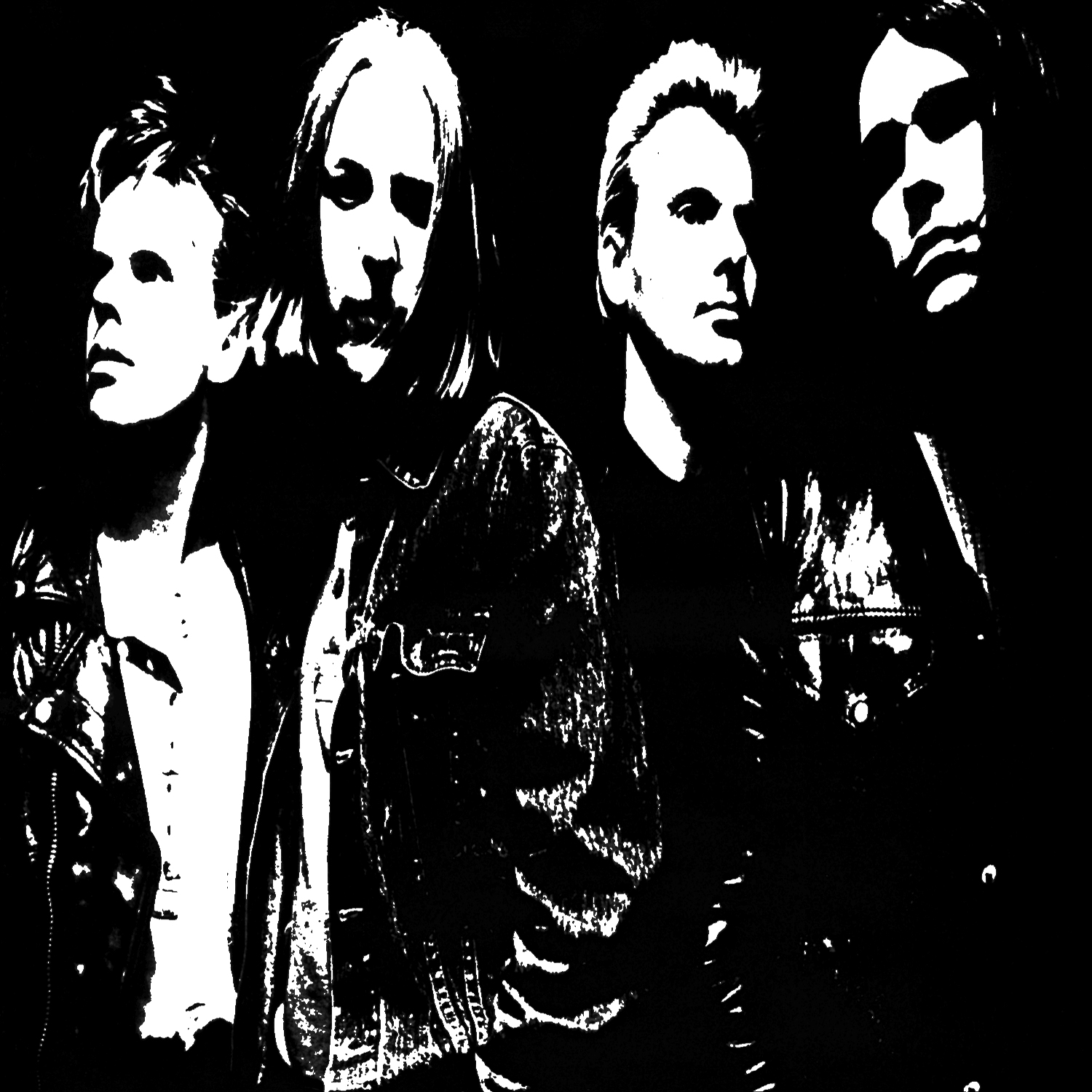
Our management at the time said we needed an album or demos and so Russell Barrett (on leave from Chapterhouse) unofficially joined the band then to help work on the ‘Kohoutek’ album. A whole load of tracks were recorded and demoed. I was passing the managers all these tracks and I was expecting some sort of new contract with a label, and then all I got was a complete silence. I don’t know if it was pure naivety on my part but at that time it was all Britpop in the press all based around several bands and I was thinking well we aren’t Britpop and with no offers coming through, I just decided to put Sun Dial on ice. I was also about to become a father for the first time, and decided rightly that I wanted to prioritise that side of life and not be on the road. I sort of semi-retired really. ‘Kohoutek’ is an interesting one in that the band had sort of stopped by the time it was finished and there are some really extreme tracks on there. I don’t know if ‘Kohoutek’ will be released but there’s a couple of tracks from it on ‘Processed For DNA,’ that might give an indication of the album.
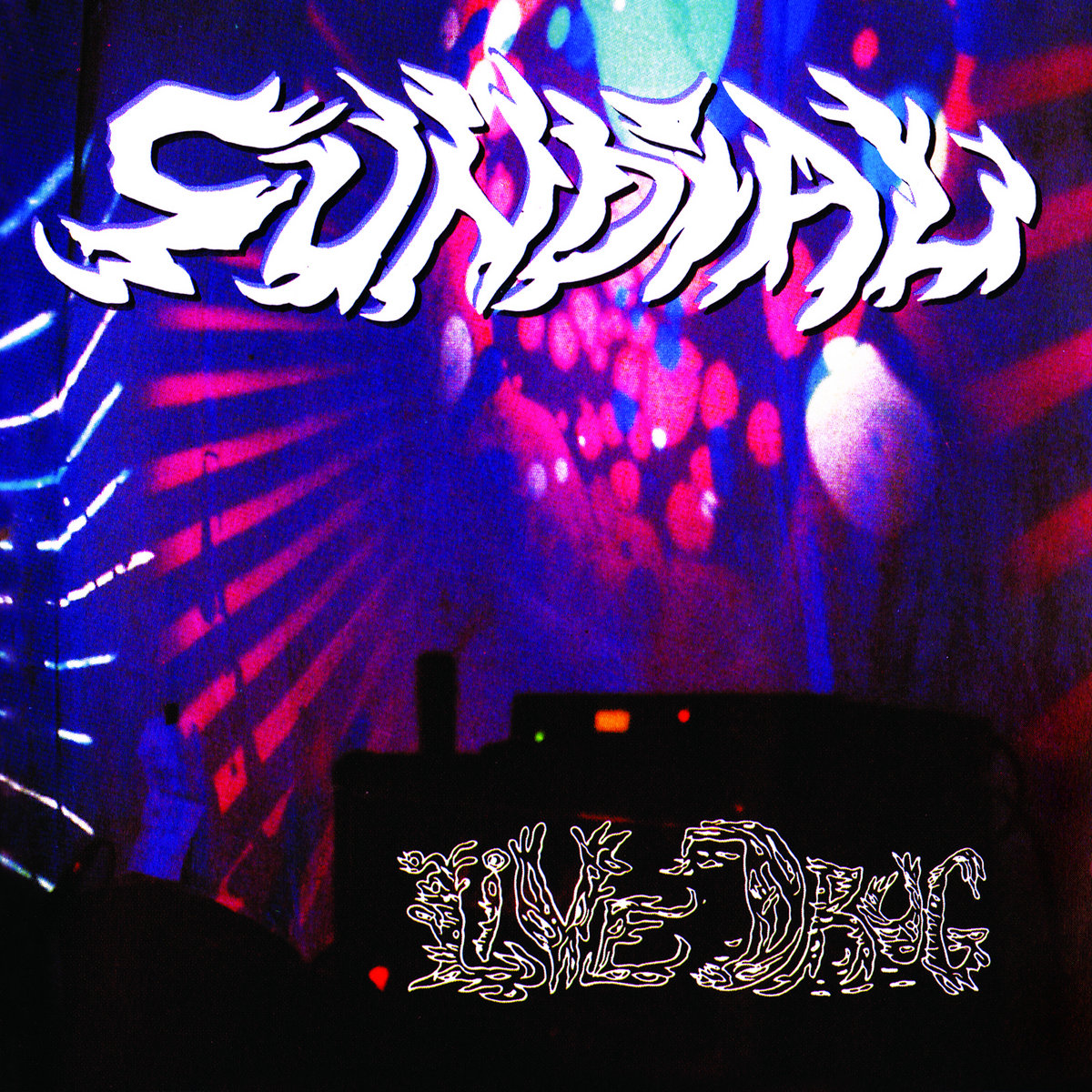
What was happening around the time that you went on to start your own label and produced several bands including Chemical and Fantasyy Factoryy. Tell us what’s the story behind Acme and what were some of the most fond memories from working with other people?
Acme started in 1993 with the Return Journey album and it just inspired me to do more releases. With the new studio I was renting I thought it would be cool to help out bands and just let them record and I’d release the albums. I thought that was a great simple idea. Fantasyy Factoryy were one early and such an incredible band. Real nice people. Alan Teper is a really great guitarist. They turned up completely with everything prepared and I think it was recorded in one day mostly live. I did start getting loads of demos after and recorded a few other bands. The fun of trying to help bands wore off sadly. Acme exists in name alone nowadays.
You also worked with Coil and Current93 and released Quad. Tell us about that period.
After Sun Dial was put on hold, I started on a studio project called Quad and really Quad is more or less Sun Dial but with more of an ambient edge to it. The main thing was that there were no vocals. To use up some of the downtime of the Sun Dial studios, I decided to set up a label project called ‘Prescription’ and press up no more than 99 copies of any one release, much like the old 1970’s private pressings. I thought it was such a mad idea that I had to do it! Asking a few people I knew, I did one as Quad and also asked Coil who was one band who immediately were keen to record something. In the end we recorded an album including many other half finished things that we were going to release as a split album but in the end, for whatever reason, Sun Coil didn’t get released at the time. David Tibet I’d known since Walthamstow days and I played guitar in some live shows he did in the early 2000s.
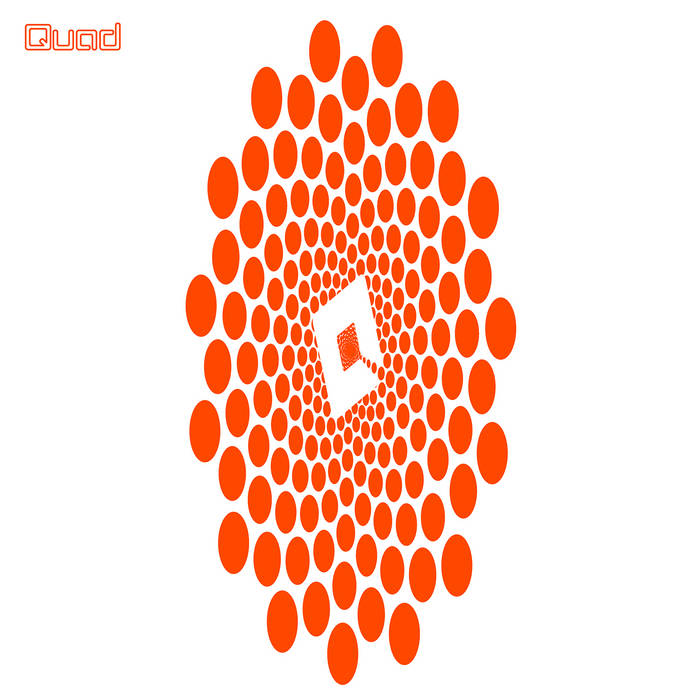
I guess ‘Zen for Sale’ opened a new chapter in your life and Sun Dial was reborn again.
Listening back to ‘Zen For Sale,’ it’s a good album which has somehow got a bit lost. Our studio lease at London Bridge came to an end so I set up a new Third Eye studio in my cellar and felt like making a new Sun Dial album. It was back to some aspects of ‘Other Way Out’ in places. I put a new live band together to play the songs. The first one was at Ocean in Hackney which was a sort of Acme Records night. Quad played and David Tibet guested on it. We played on and off for a few more years between 2005-2008 but eventually I just felt like I just didn’t want to do that anymore. Our final performances were actually very good at Roadburn and the Rockpalast German TV show.
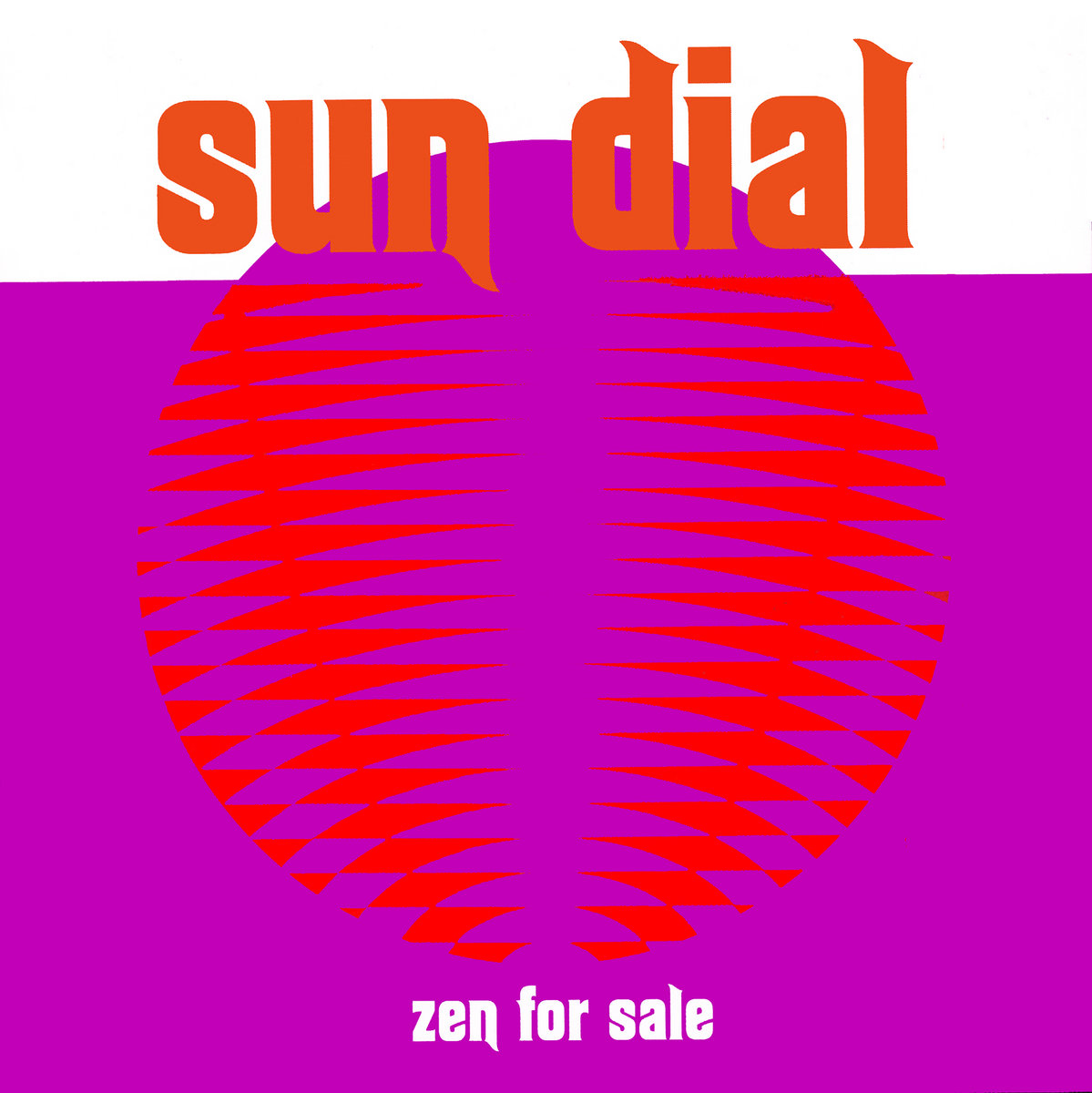
‘Sun Dial,’ ‘Mind Control’ and ‘Made in the Machine’ followed.
Things went the way of a personal downturn. That is the only way I can describe things around 2008-2009. Bearing in mind the internet was killing off sales for CDs and suddenly it was a whole new landscape. Records at that time were not as popular as they later became either. Additionally, the house I was living in was falling apart, I had to sell equipment to pay for bills and repairs. Along with it came other personal family stuff. All I had was an electric guitar and an acoustic. Sold a lot of my records. It was a period of great upheaval and where everything was stripped down to a very basic level and I think that shows in the recordings at that time. The infamous Self Titled was a much more back to basics album, guitar, bass, drums. I thought it was rooted in a more 60s heavy garage but I don’t think it wasn’t really perceived as such annoyingly. It was a very angry sort of record, which reflected our situation at the time. It really was not a good time. I can’t underestimate how bad it was.
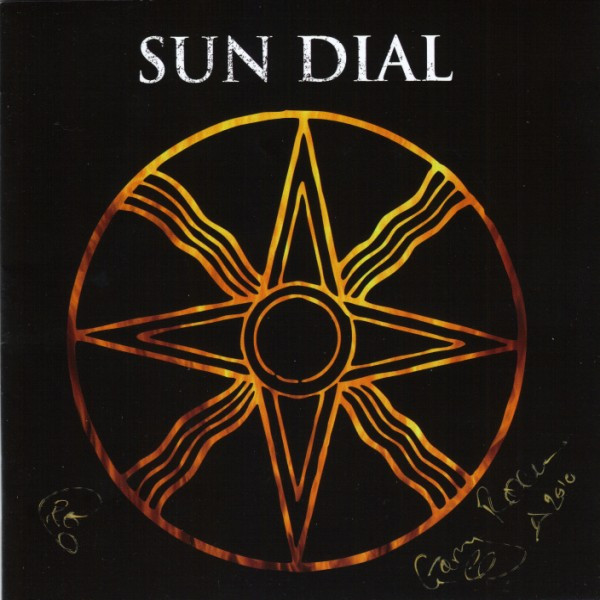
Cherry Red came along and gave us our own label called ‘Shrunken Head’. There was to be a release programme of our early albums in deluxe packages. We had a new lease of life. We started getting great reviews in a good variety of music magazines and even The Sunday Times via Stewart Lee. We were back in the Record Collector. From that came the ‘Mind Control’ album. We released it back on Tangerine which was the ‘Other Way Out’ label. It was more Space/Krautrock, only ‘Mountain of Fire And Miracles’ had lyrics apart from the cover of Roxy’s ‘In Every Dream Home A Heartache’. Again there were dark elements but the album was perceived as uplifting and tripped out. Luckily I was able to buy back some of the gear I’d had to sell and we started getting the vibe back. I was really surprised as it sold out straight away. We seemed to get our mojo back.
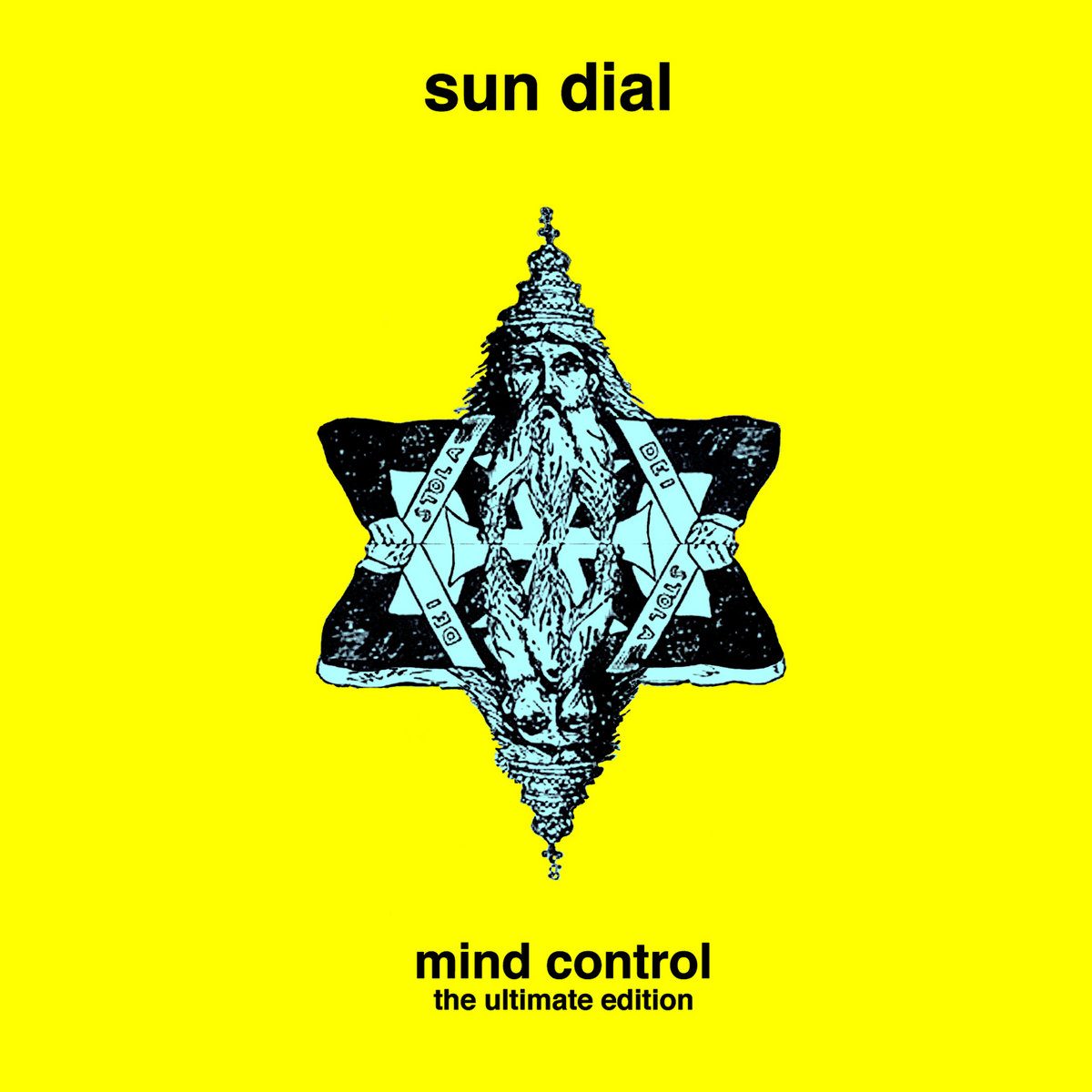
Dave from Sulatron Records messaged us, he wanted to do a reissue of ‘Mind Control’. The label looked cool with great bands and Dave was a good guy so we agreed to the release with a couple of bonus tracks. One called ‘World Within You’ became very popular. Then we asked him if he was interested in a new album. Immediately he was on board.
‘Made In The Machine’ was an extension of ‘Mind Control’. There were only 3 tracks with vocals. Again we were mainly interested in keyboards. There were some heavy space tracks like ‘Regenerator’ and some heavy “out there” kraut vibes like ‘Autopilot’. A lot of the tracks were meant to be like a space trip but the concept was about artificial intelligence and robots taking over the earth. We got intrigued by AI which has its origins around 1955. We were predicting a battle between humans and robots!
It’s all starting to get very real in these times!
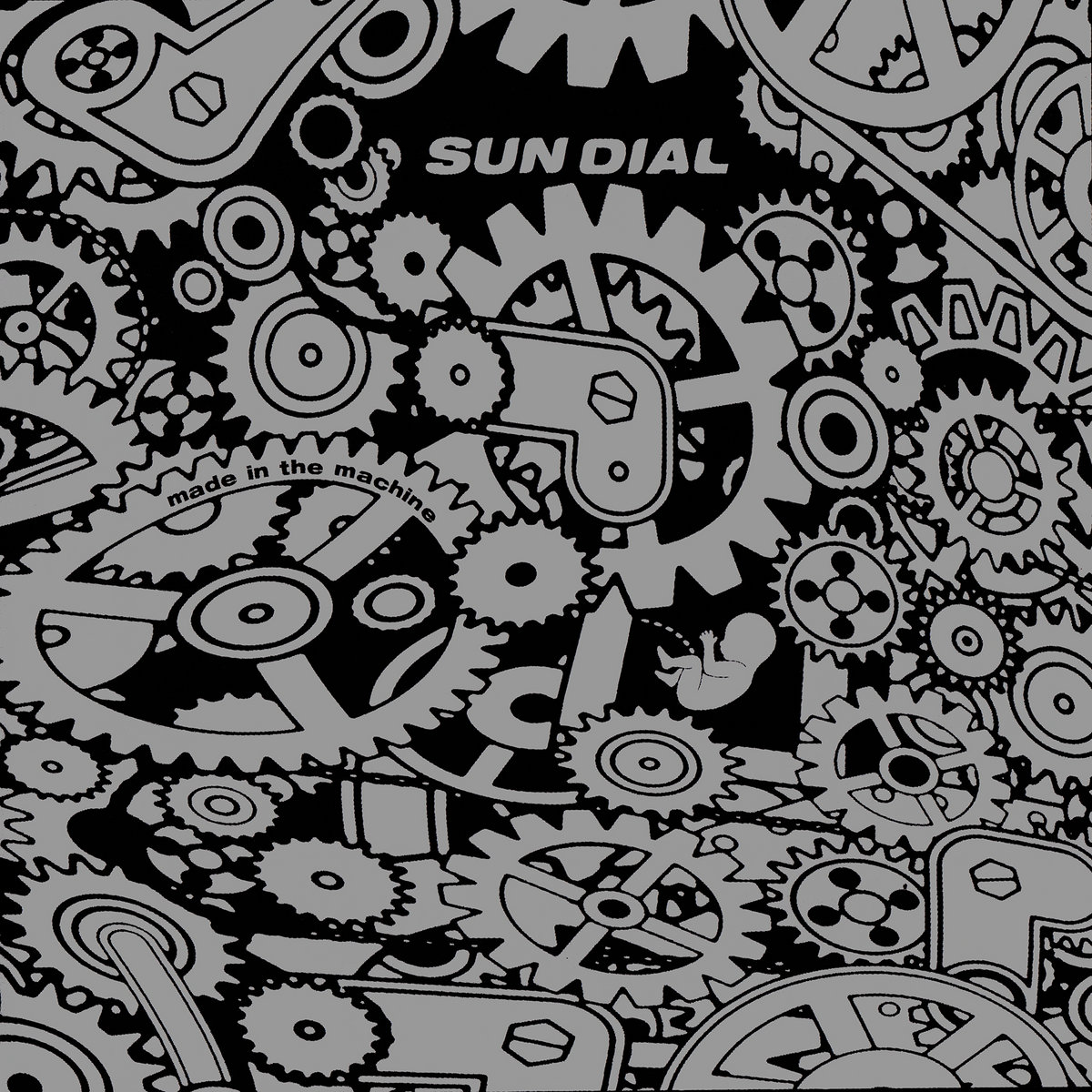
I’ve been really enjoying ‘Science Fiction,’ do you see it as a continuation of ‘Made in the Machine’ as it’s very electronic based?
It wasn’t intended to be at the time. You’re right, I suppose there’s a link because it is virtually all electronic.
It started off as an ongoing fun project, we liked science fiction films and we liked listening to a wide spectrum of soundtracks. So the two came together in an imaginary film soundtrack. Maybe there is a subconscious continuation to ‘Made In The Machine’, there is a track called ‘Rise Of The Robots’! Also ‘Alien X’ must have foreshadowed ‘Messages From The Mothership’! We were just having fun with some grooves, some even disco-like and we kept coming out with these great tracks with really nice melodies. Even the long kraut one ‘Hangar 13’ we had finished seemed to fit the sound.
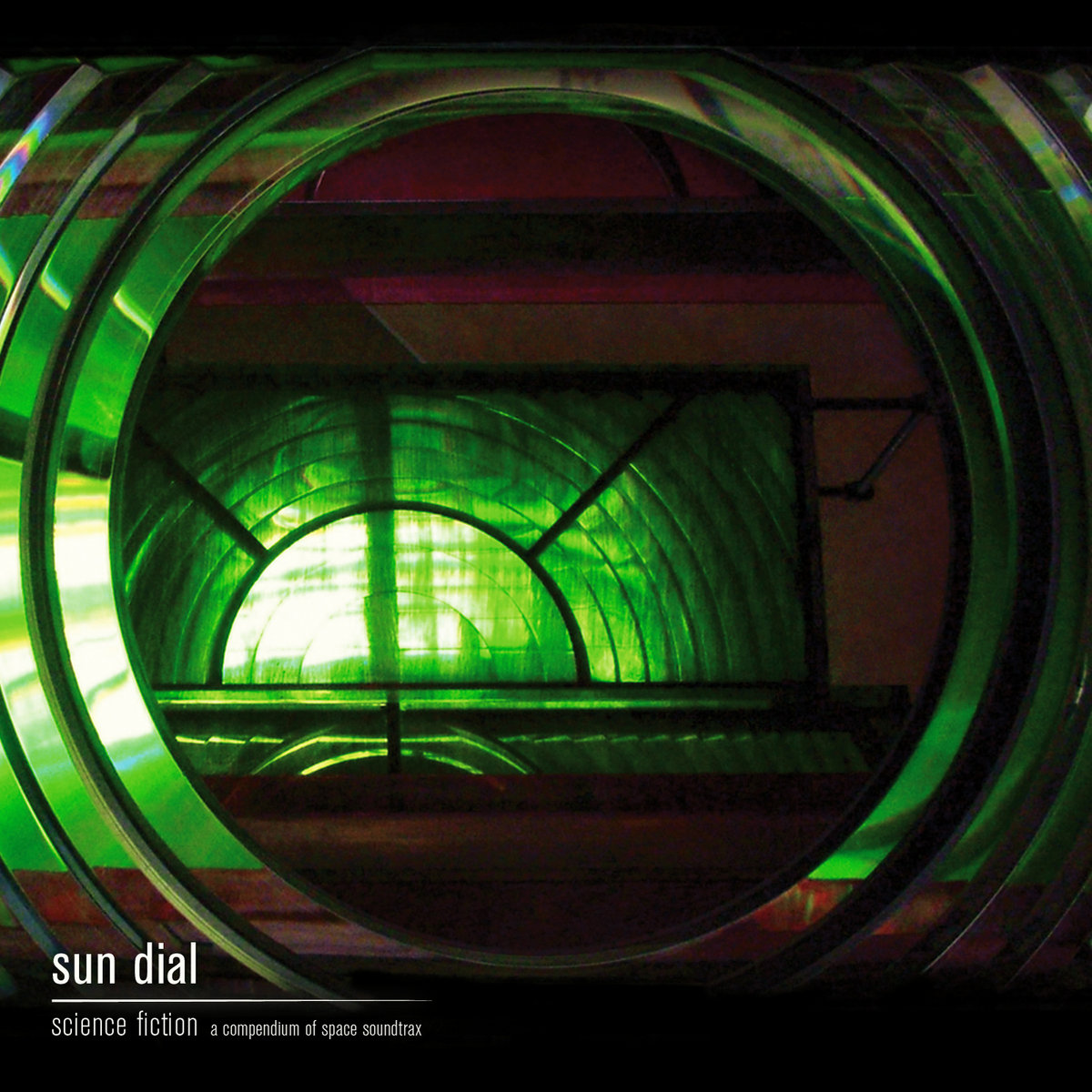
It was a tangent but a very happy one. The tracks kept on coming and we went with it. We had told the Hawkwind author and Sun Dial supporter Ian Abrahams that ‘Mind Control’ and ‘Made in the Machine’ were part of a trilogy so he was a bit shocked when we came out with a groovy space soundtrack! He loved it though, as did Dave luckily, so we thought, why not just release it. Thankfully people liked it, understood it and bought into the concept. We were over the moon about it and the fact that people loved the cover photos I took for it were an added bonus.
How important is improvisation for you?
Yes we have done this at points in the past, and it’s fun to do but now every song mostly has fixed points to work within. I have hundreds of hours of these sorts of recordings from the late 90’s for example but few have resulted in anything developed into songs. Now for me I just record ideas and with Russell we work up songs from that apart from each other.
Are you involved in any other bands or do you have any active side-projects going on at this point?
No other bands I’m involved with right now. Just focusing on Sun Dial.
Let’s end this interview with some of your favourite albums. Have you found something new lately you would like to recommend to our readers?
It’s hard to pick all time favourites as taste changes over time but you can’t go wrong with these;
The Monks – ‘Black Monk Time’.
David Crosby – ‘If I Could Only Remember My Name’
Love – ‘Four Sail’
13th Floor Elevators – anything by them!
The Sonics – ‘Here Are The Sonics’
A new artist that we like is Carrie Martin. She is a folk singer influenced by Joni Mitchell and Nick Drake but she creates her own distinctive ethereal dreamscapes. She is a protege of Gordon Giltrap and has worked with Rick Wakeman, who is a fan. Her new album is out on cool underground label Psychotron which is called ‘Evergreen’ and is her best release so far. She is on her way.
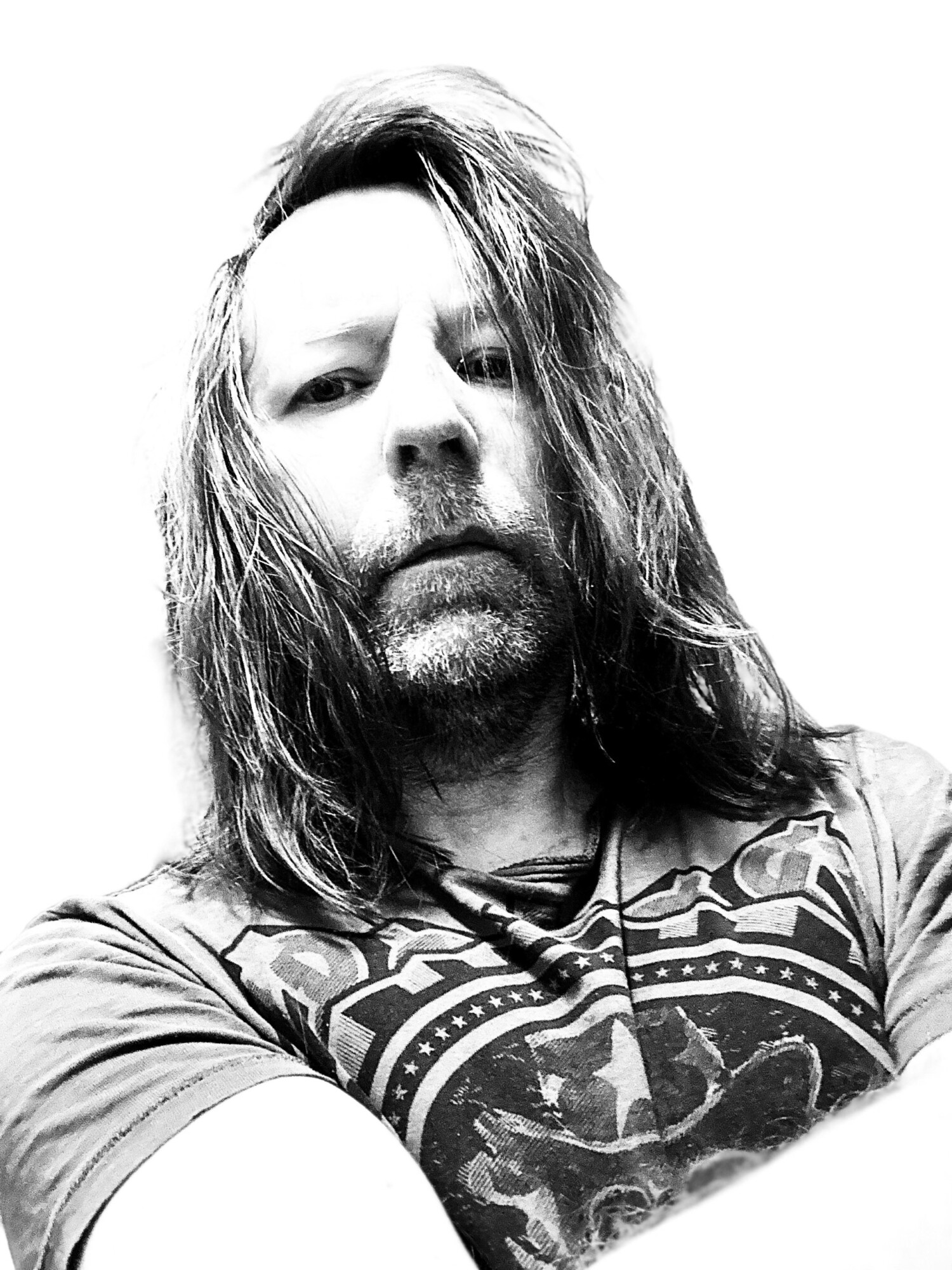
Thank you. Last word is yours.
We would like to thank all our fans for their continued and loyal support over the years through the good times and bad times. Much respect! Stay tuned! The best is yet to come!
Klemen Breznikar
Headline photo: Sun Dial (1990)

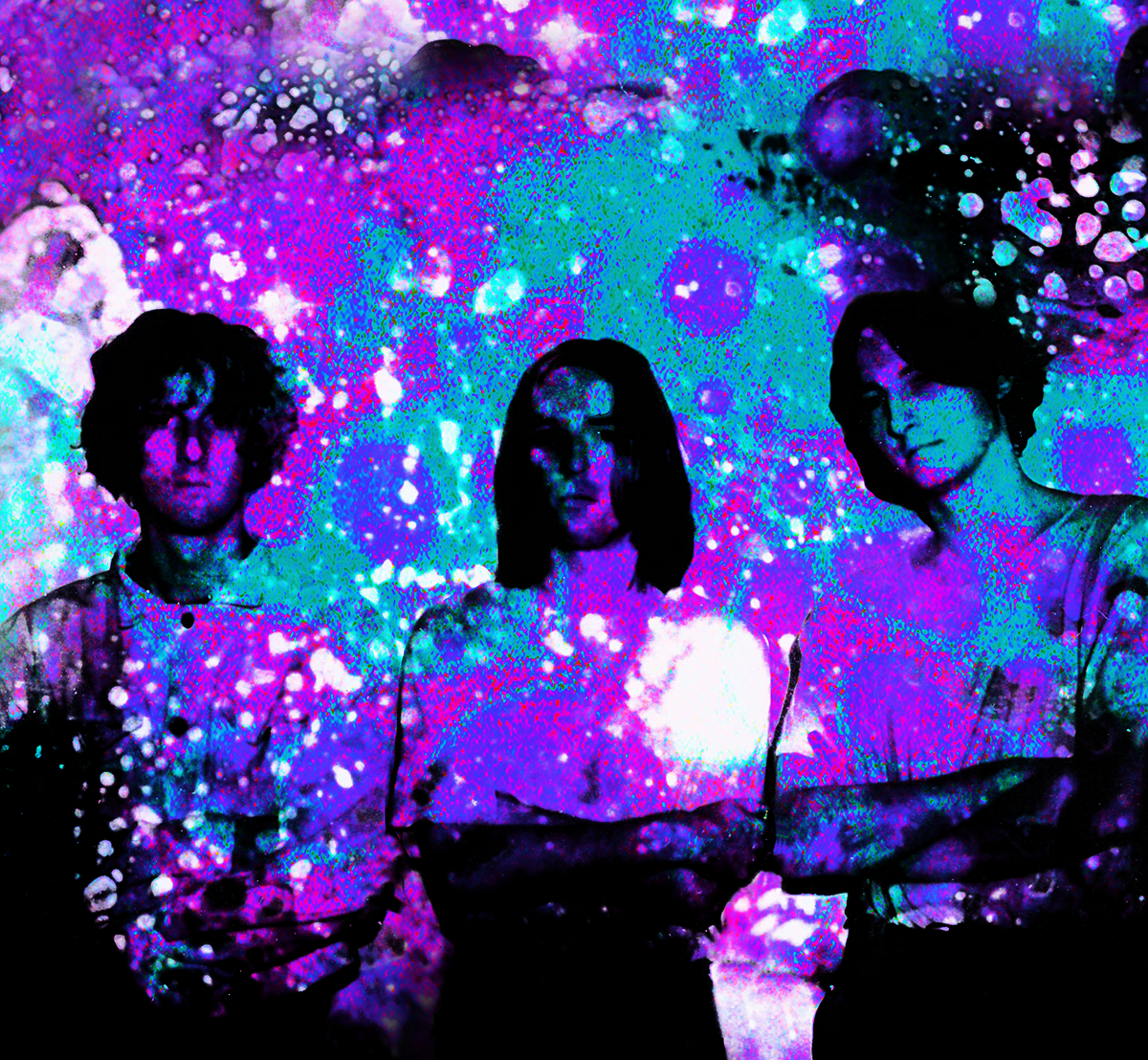
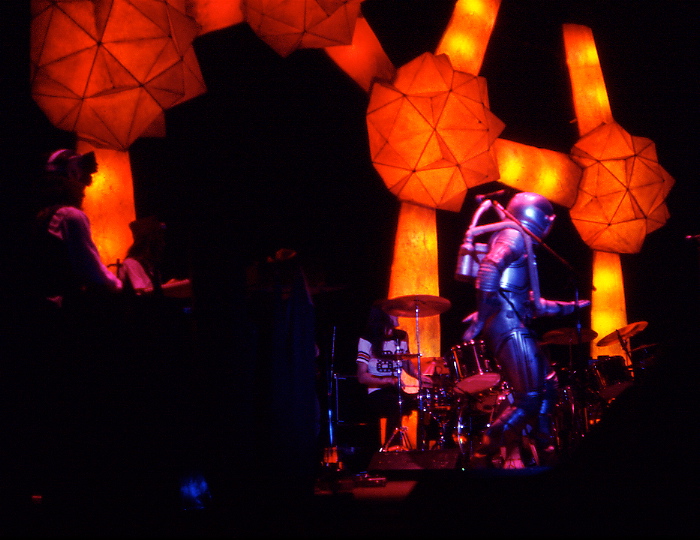
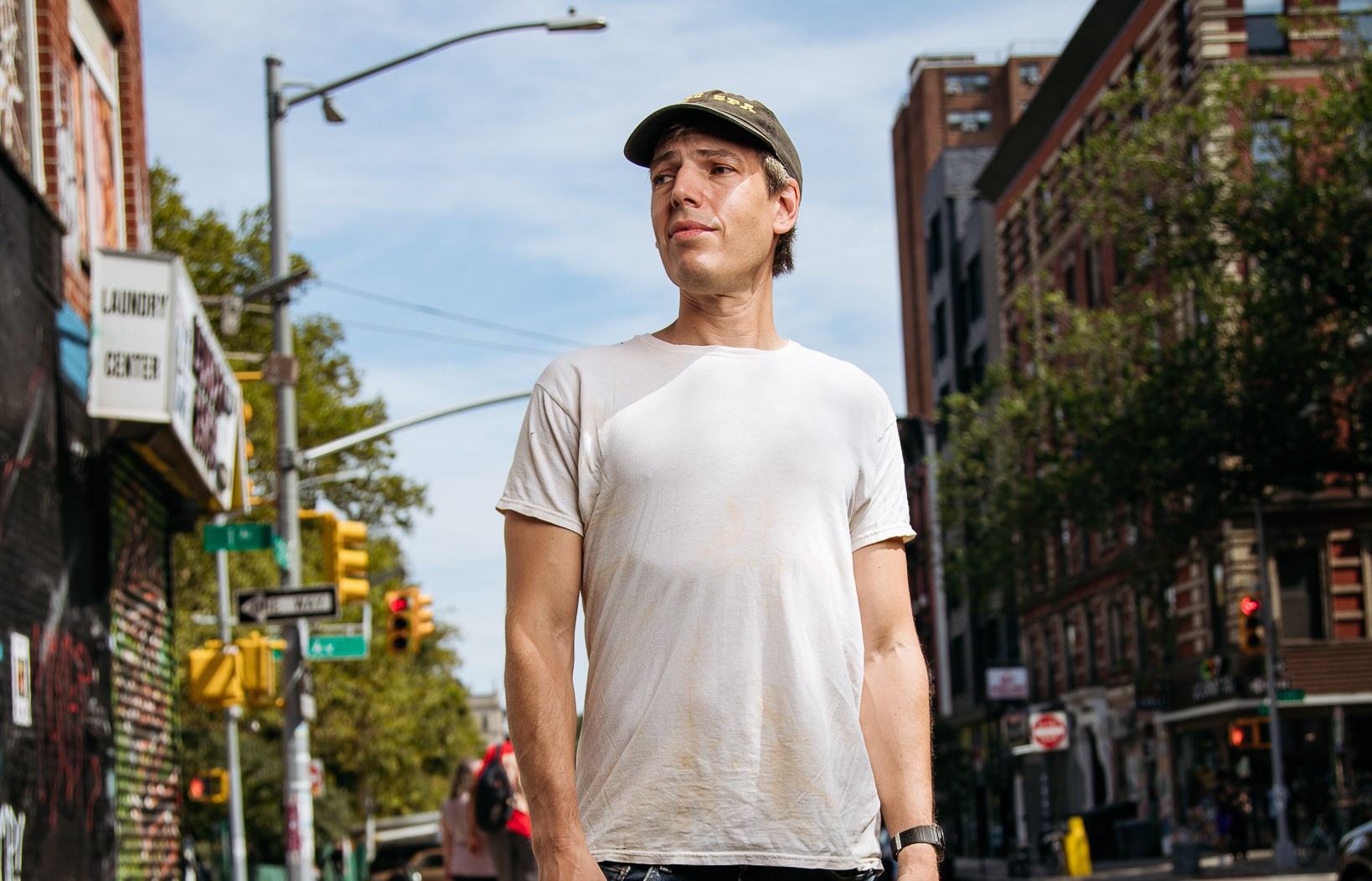
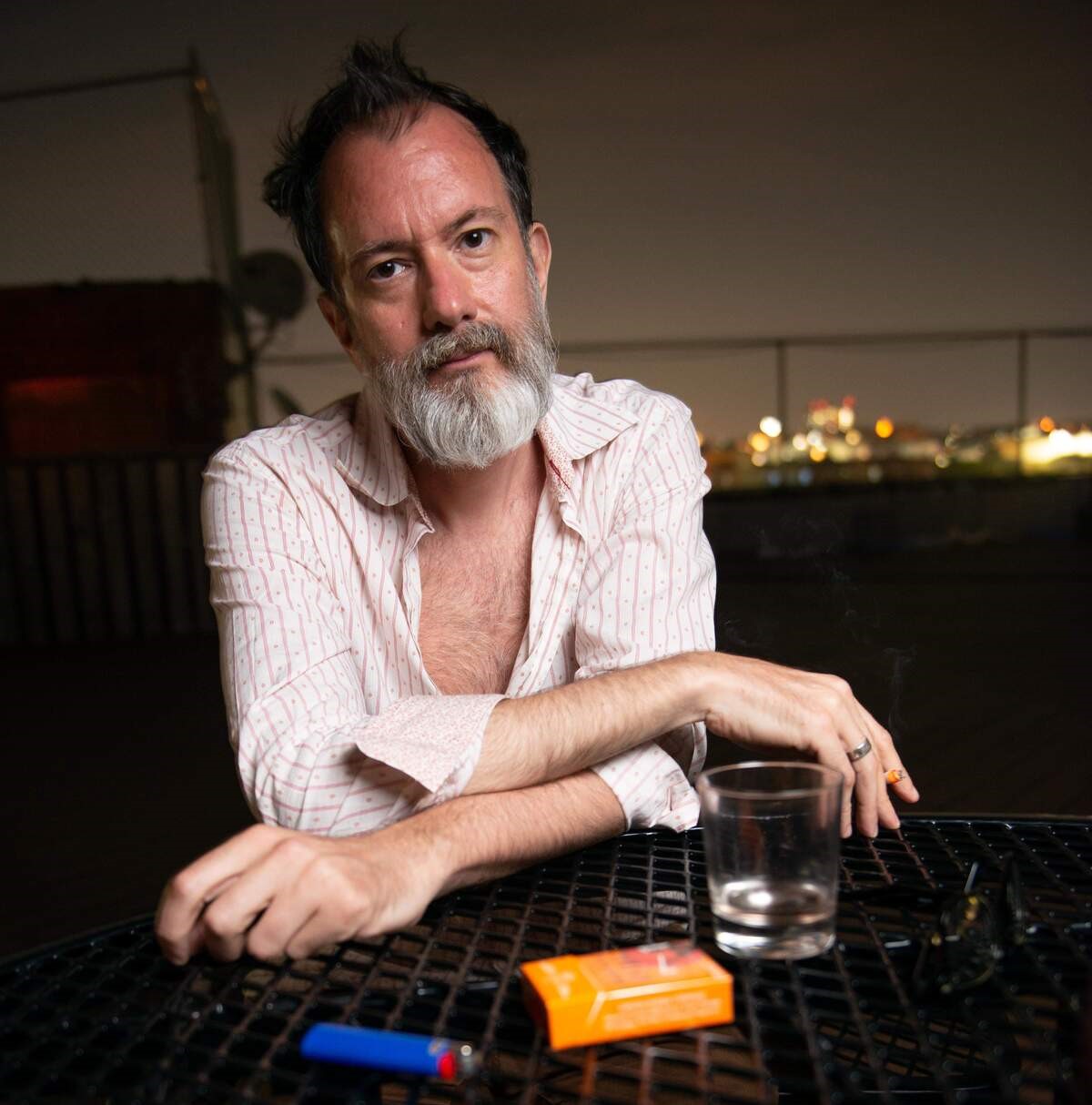
Thanks for the tip Carrie Martin !